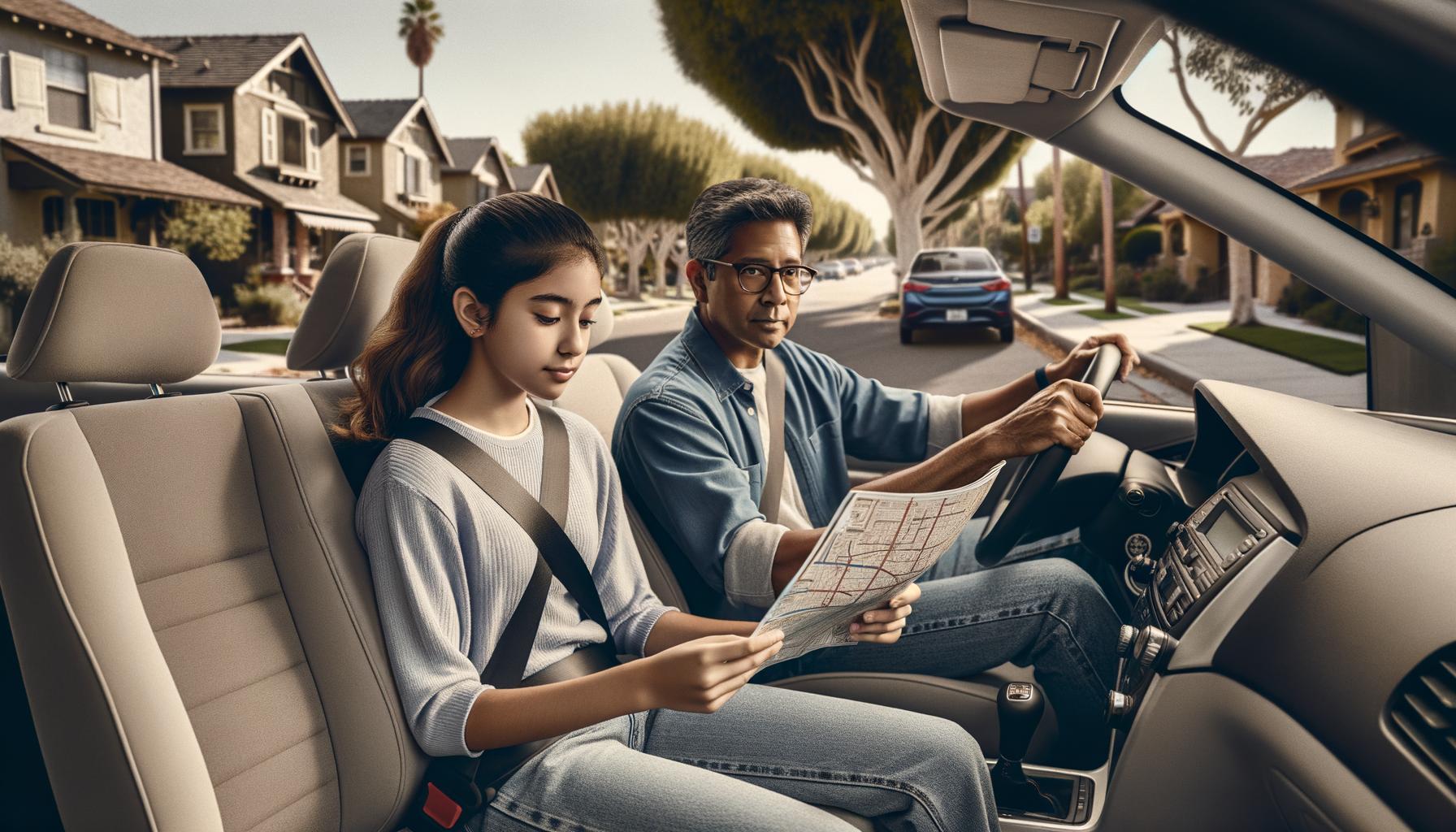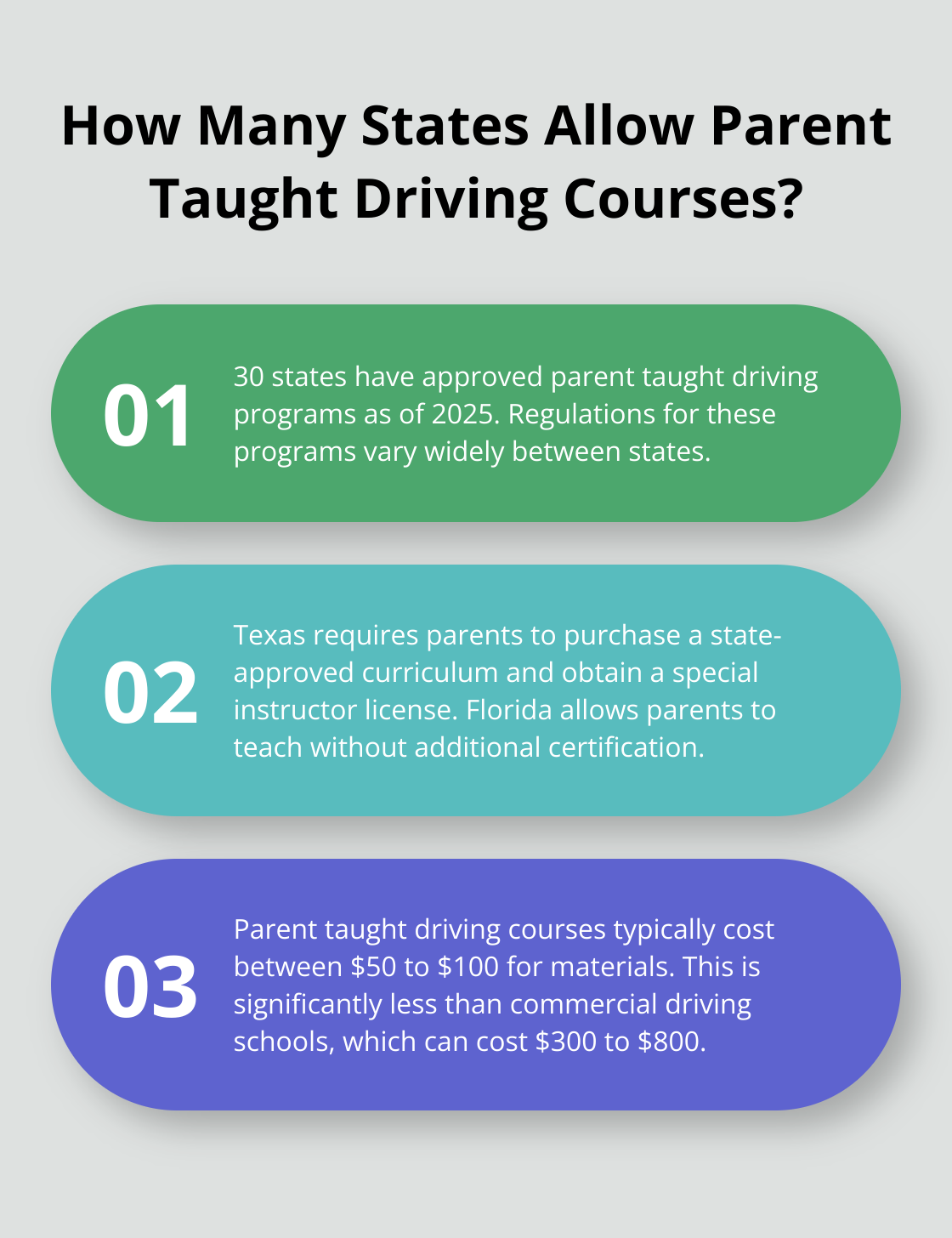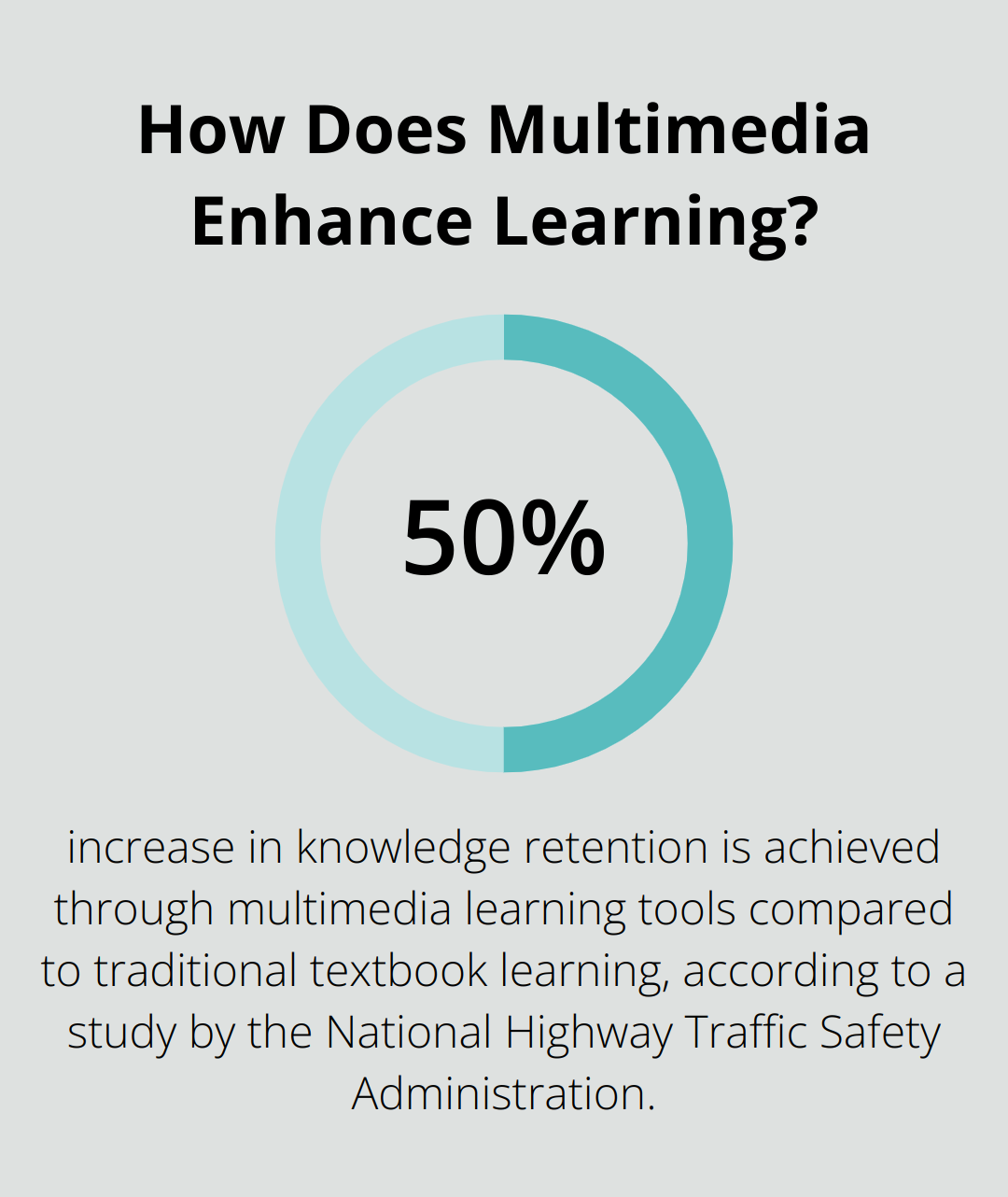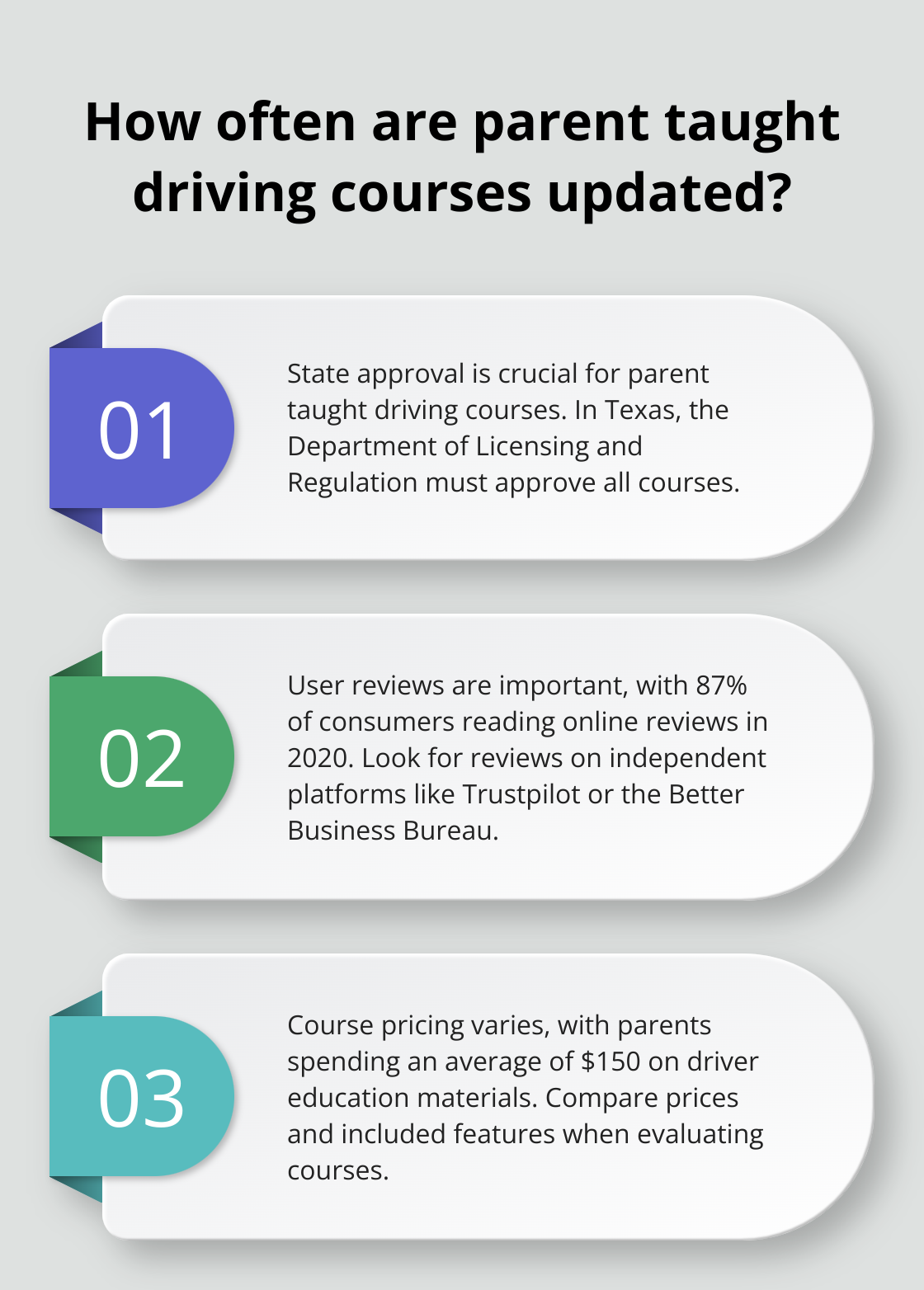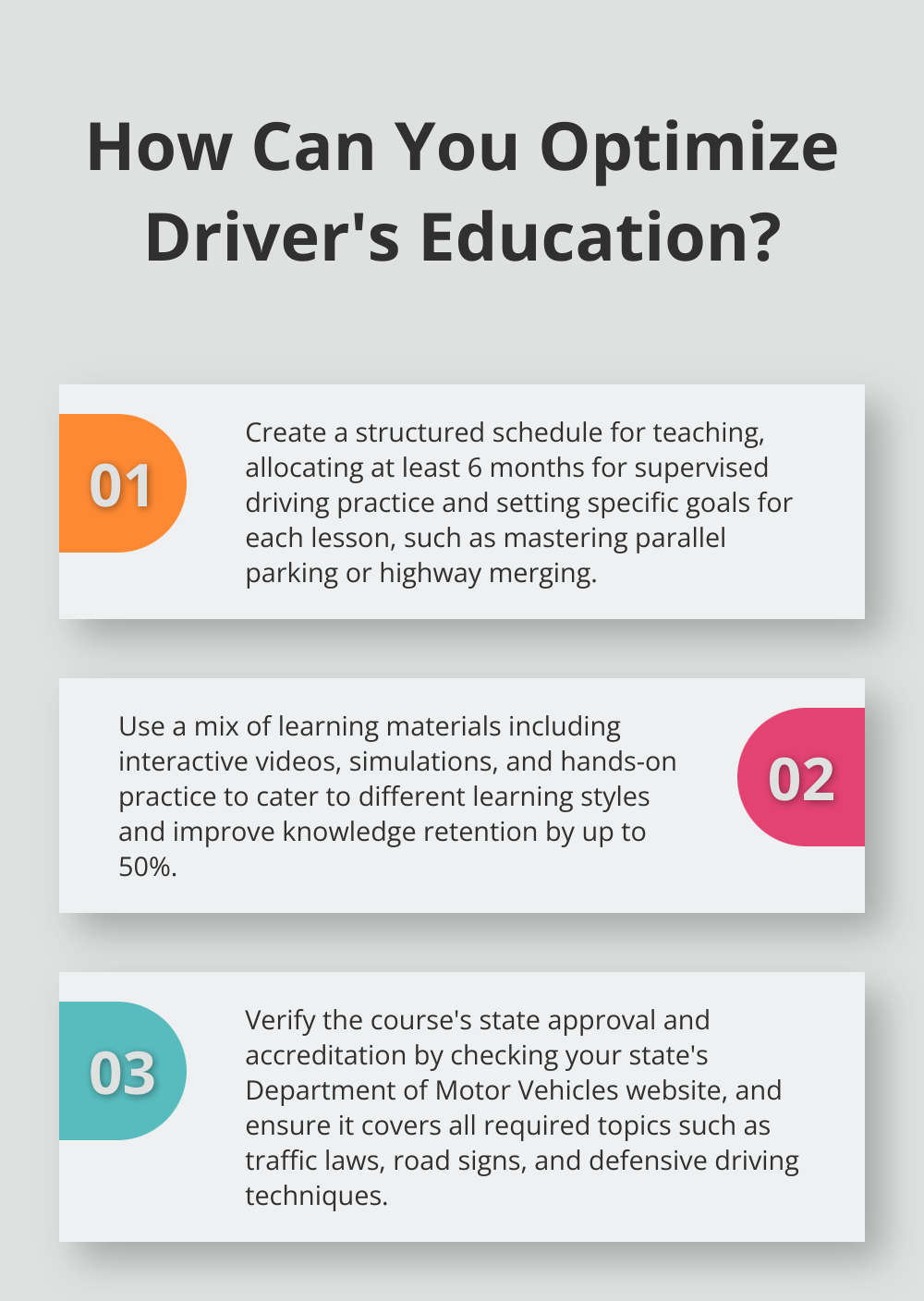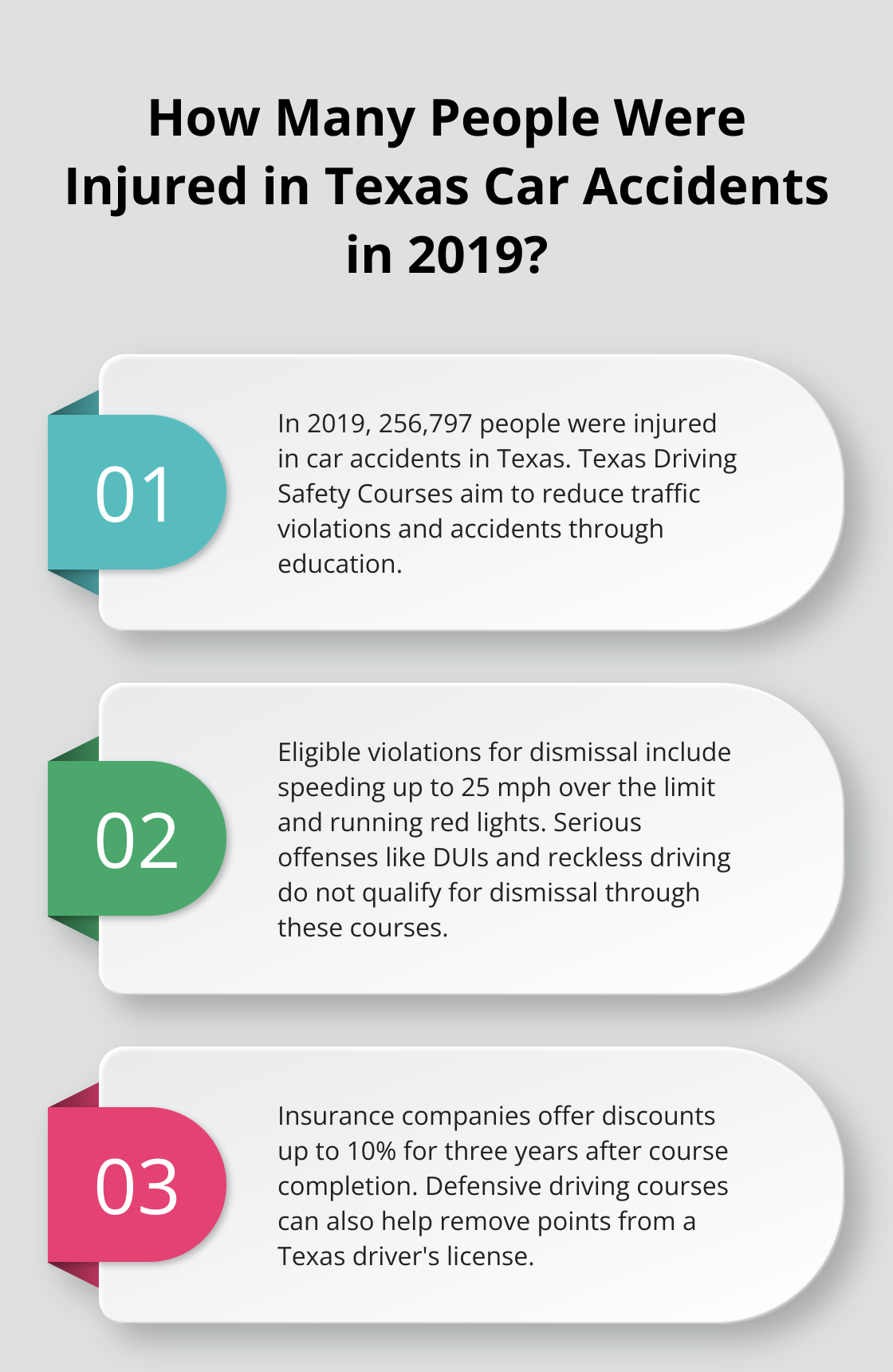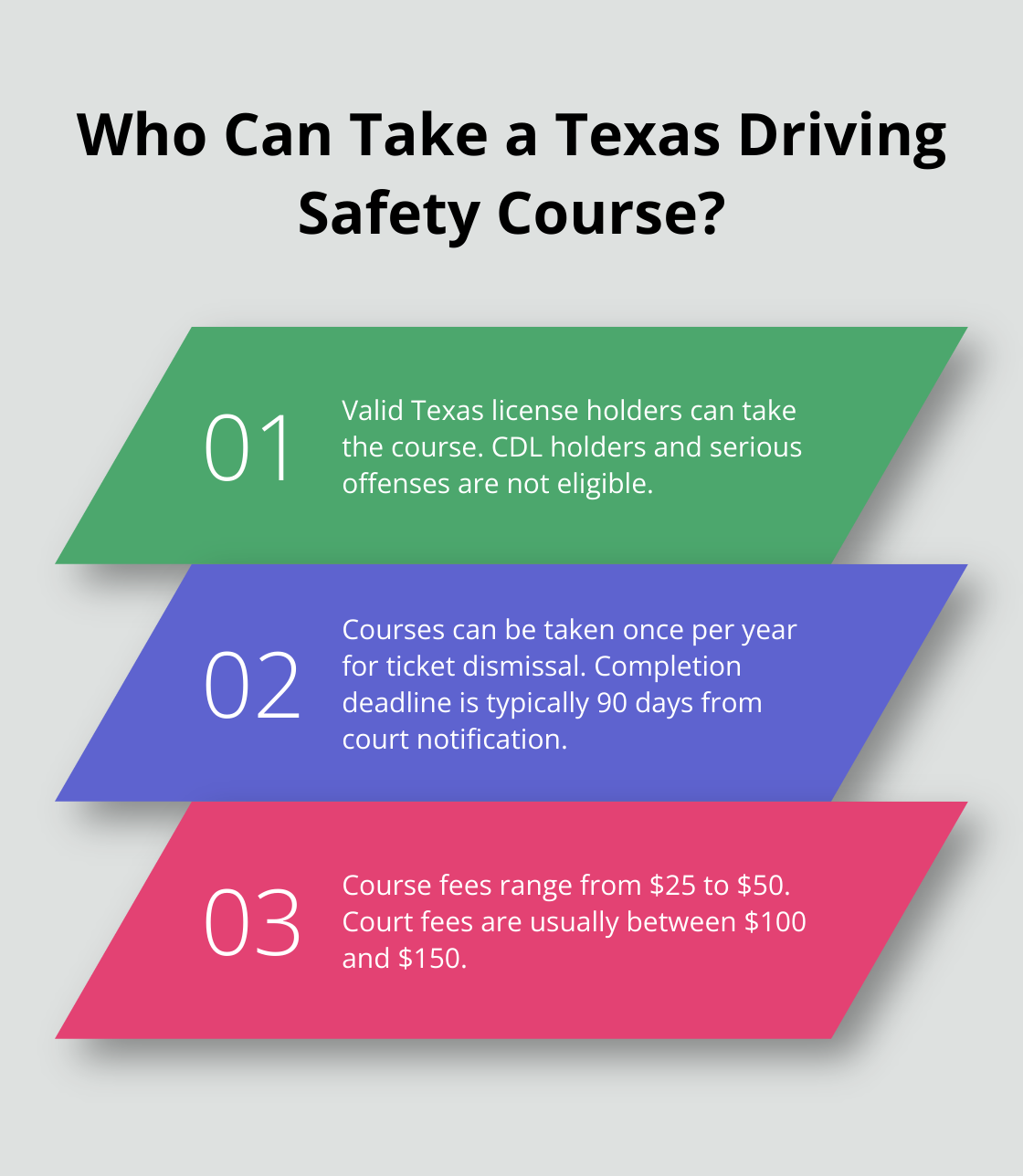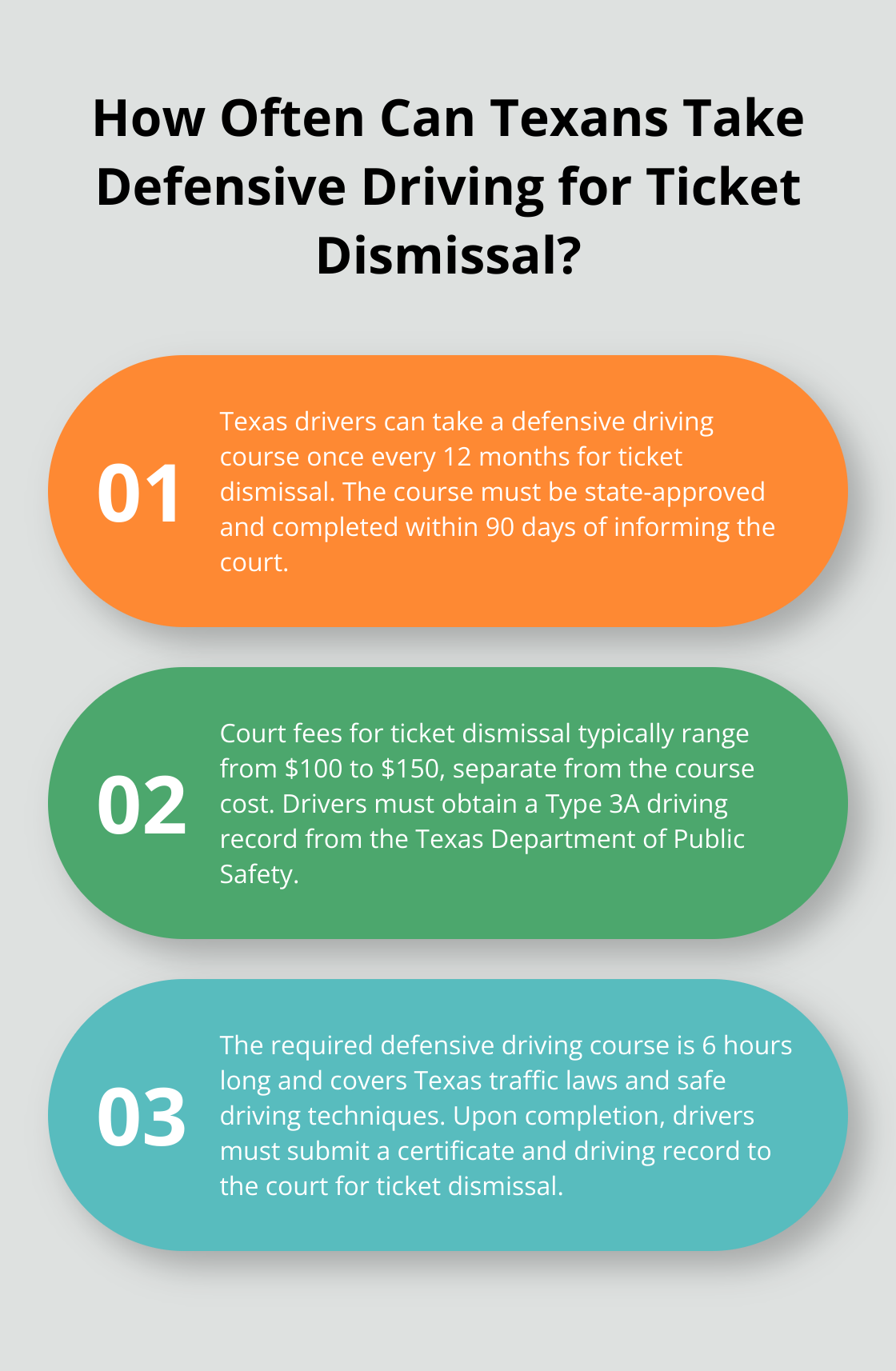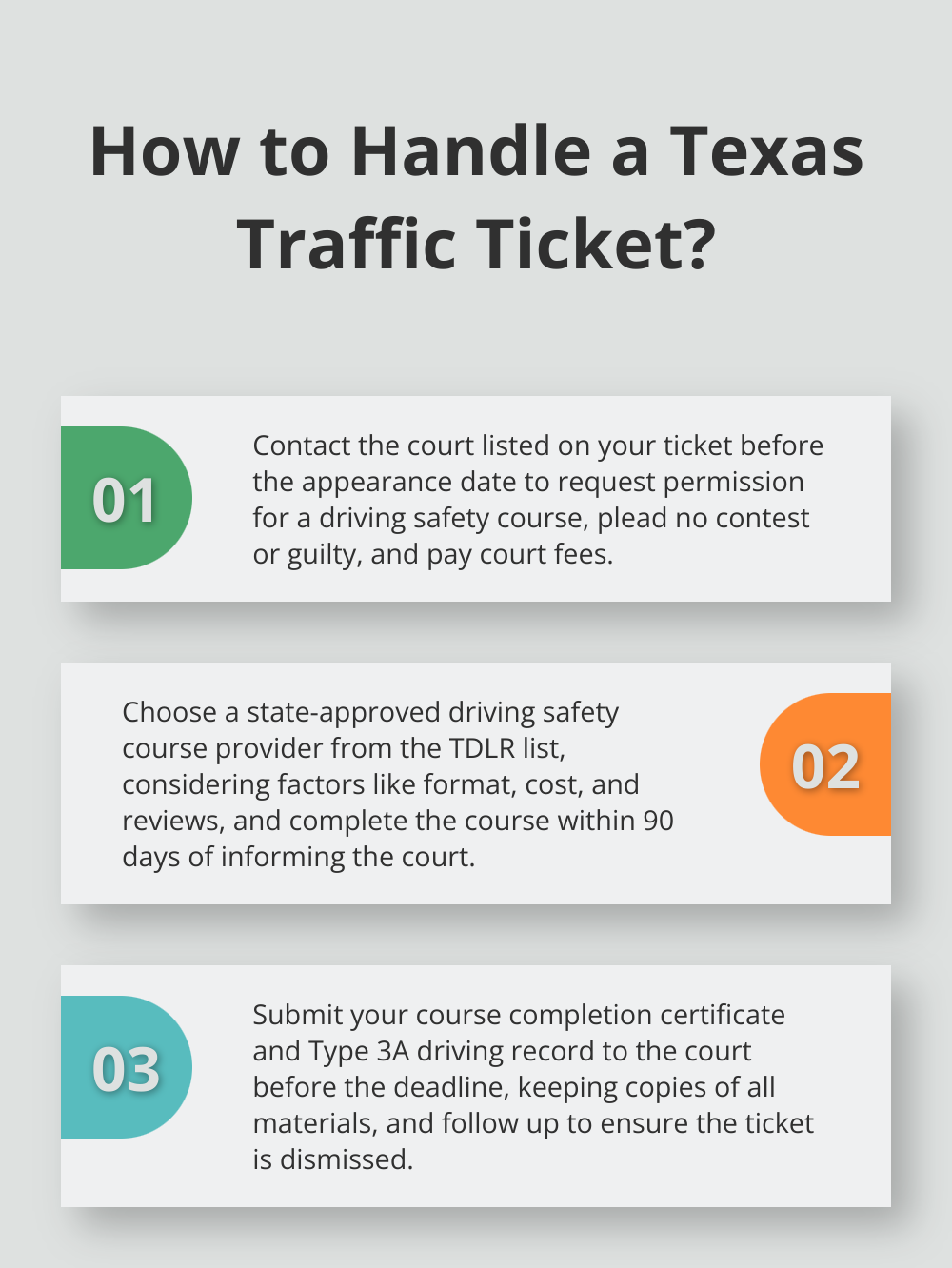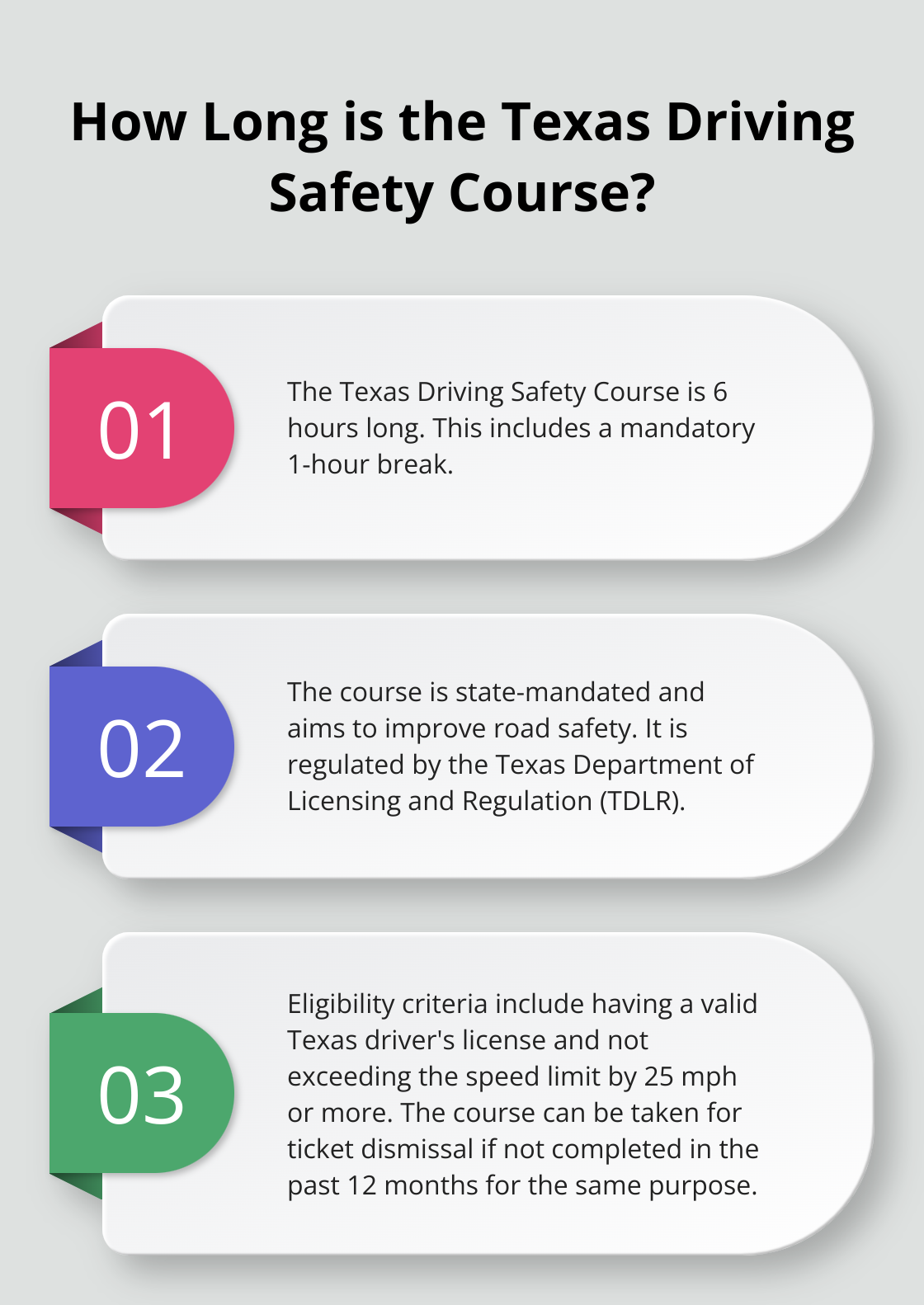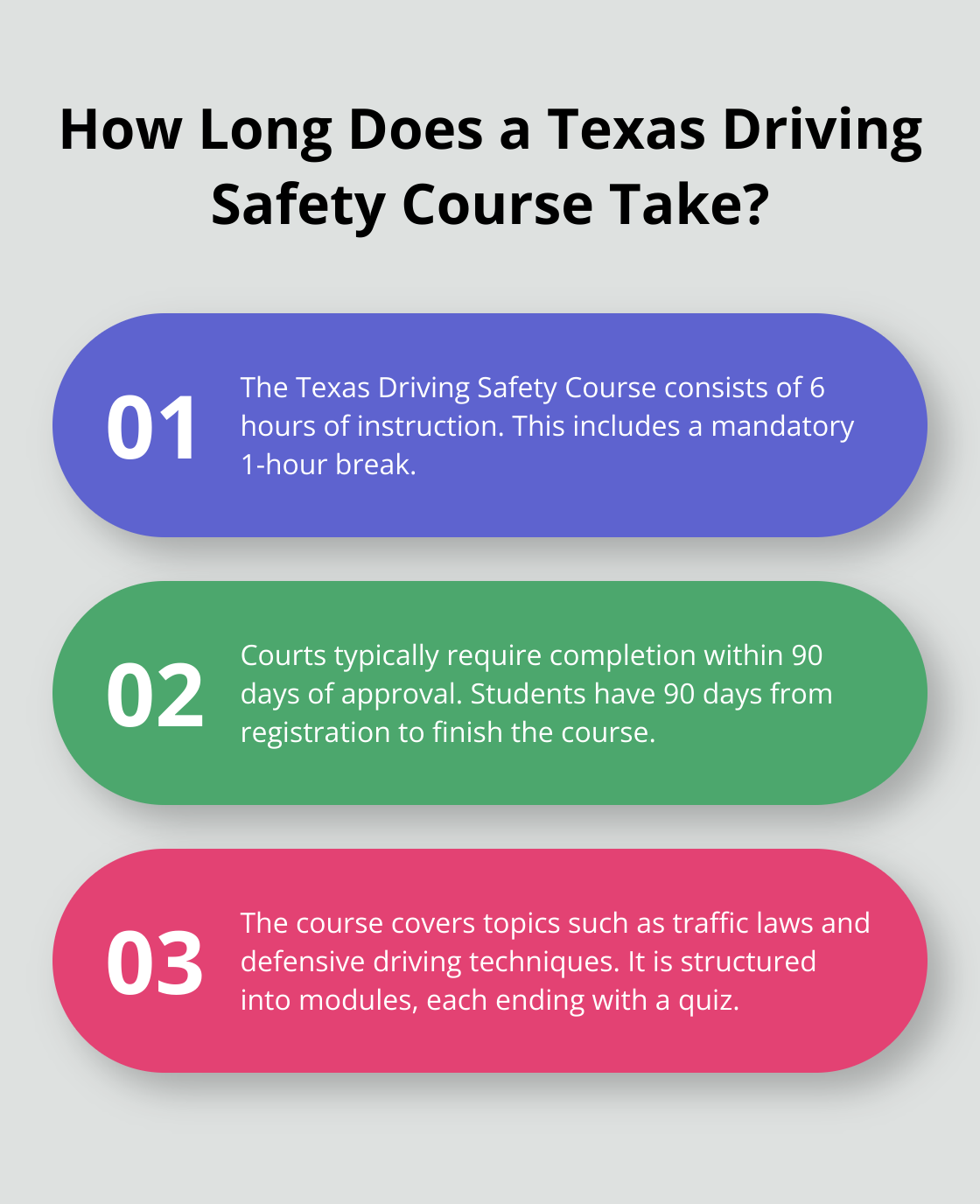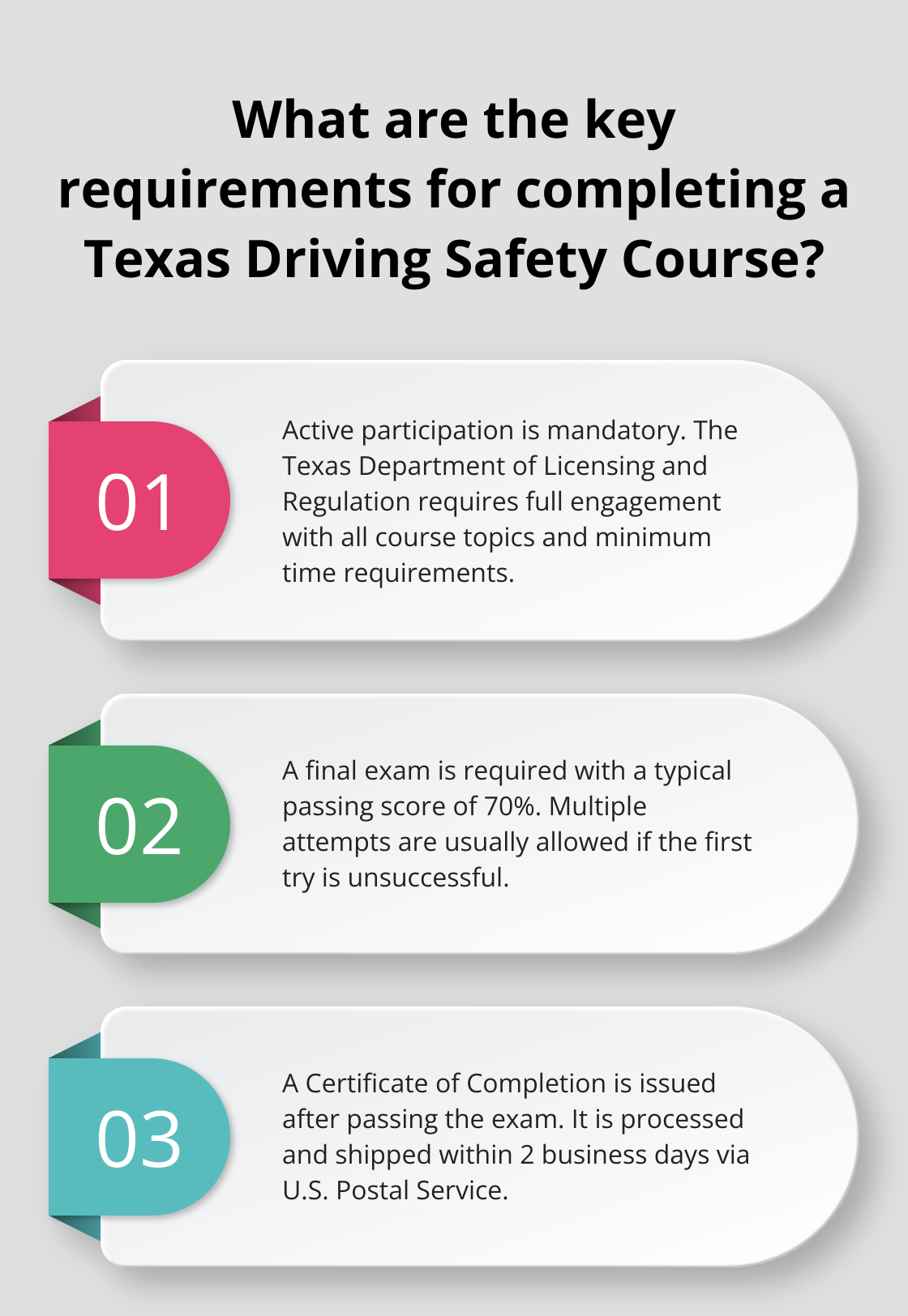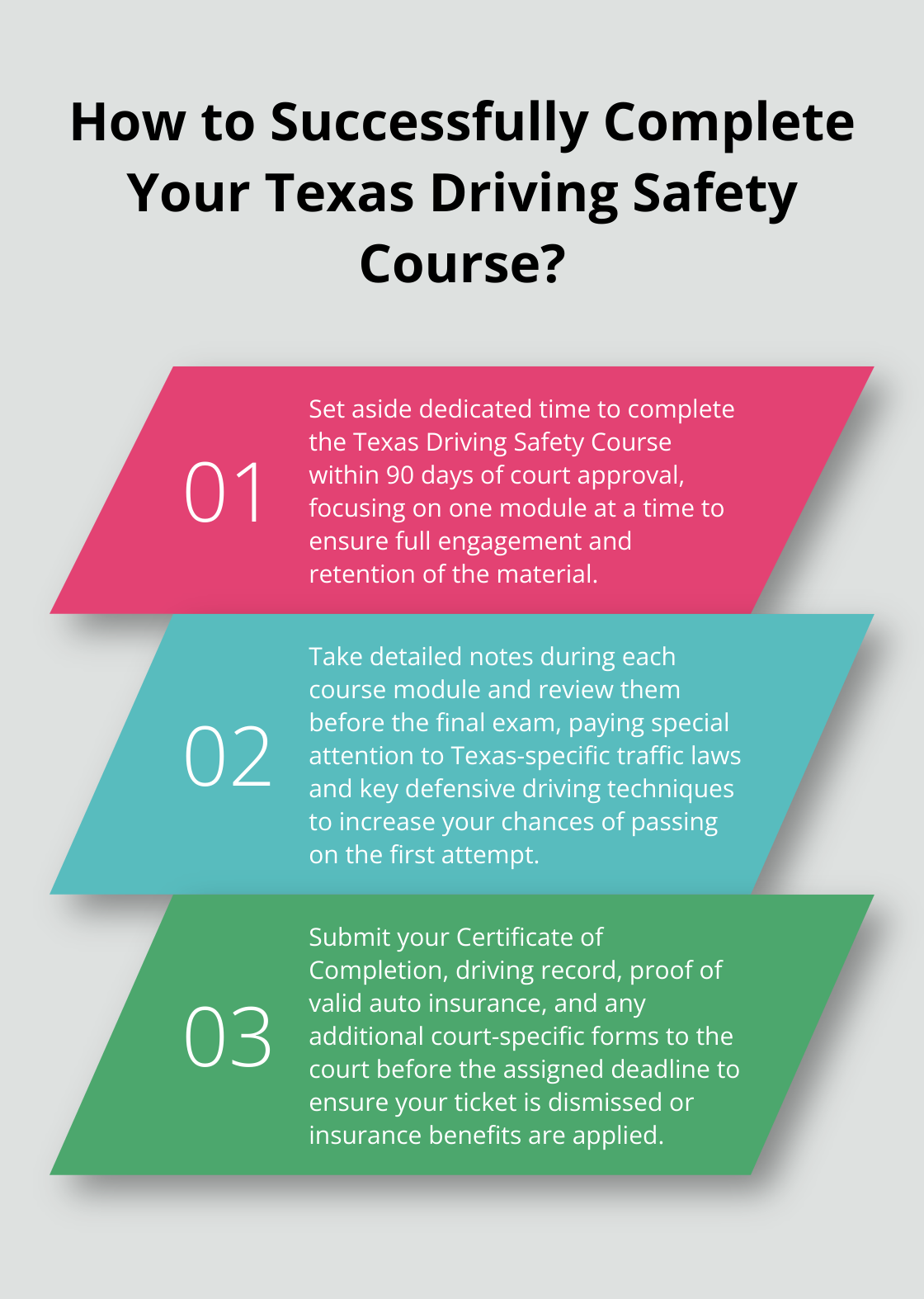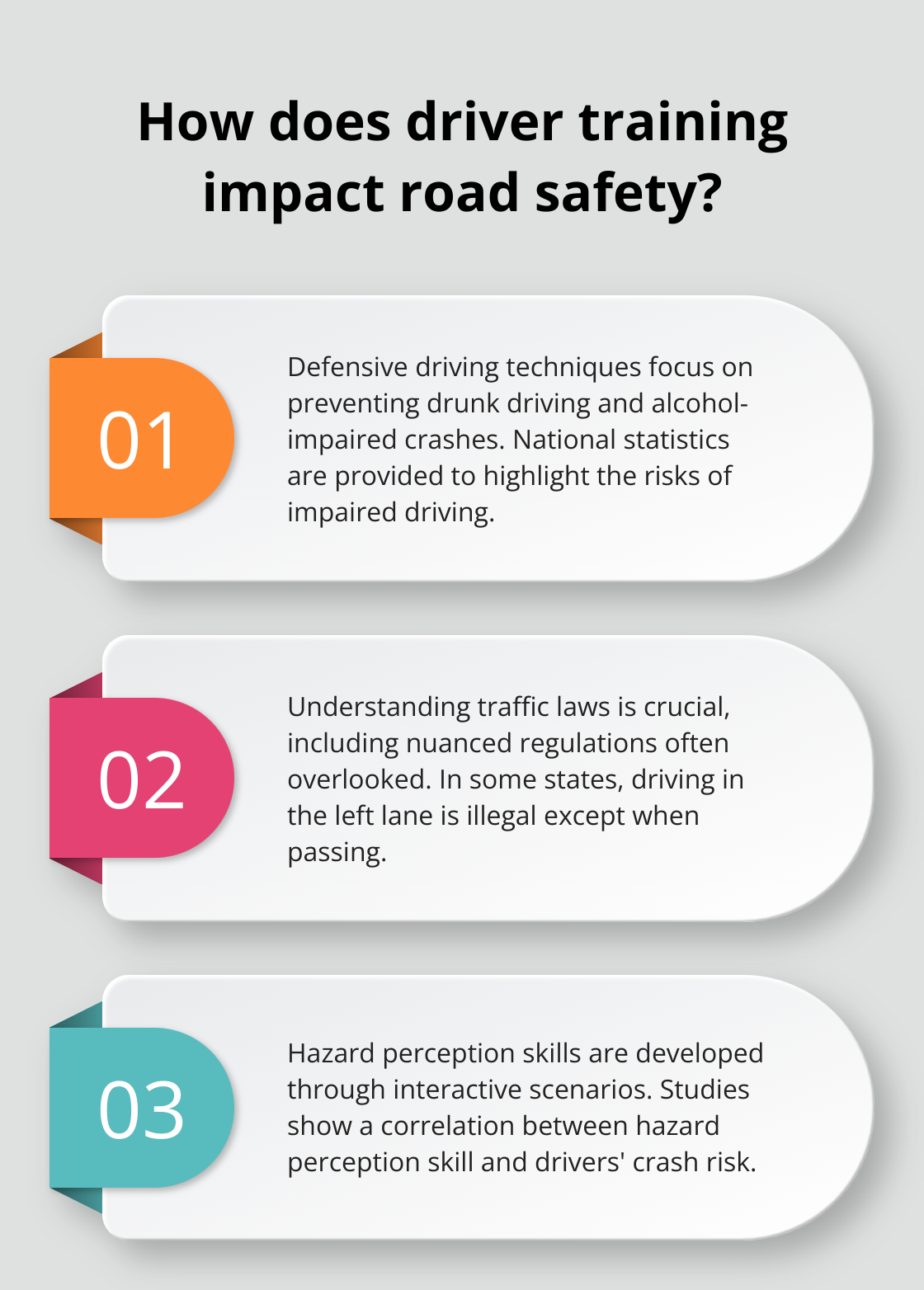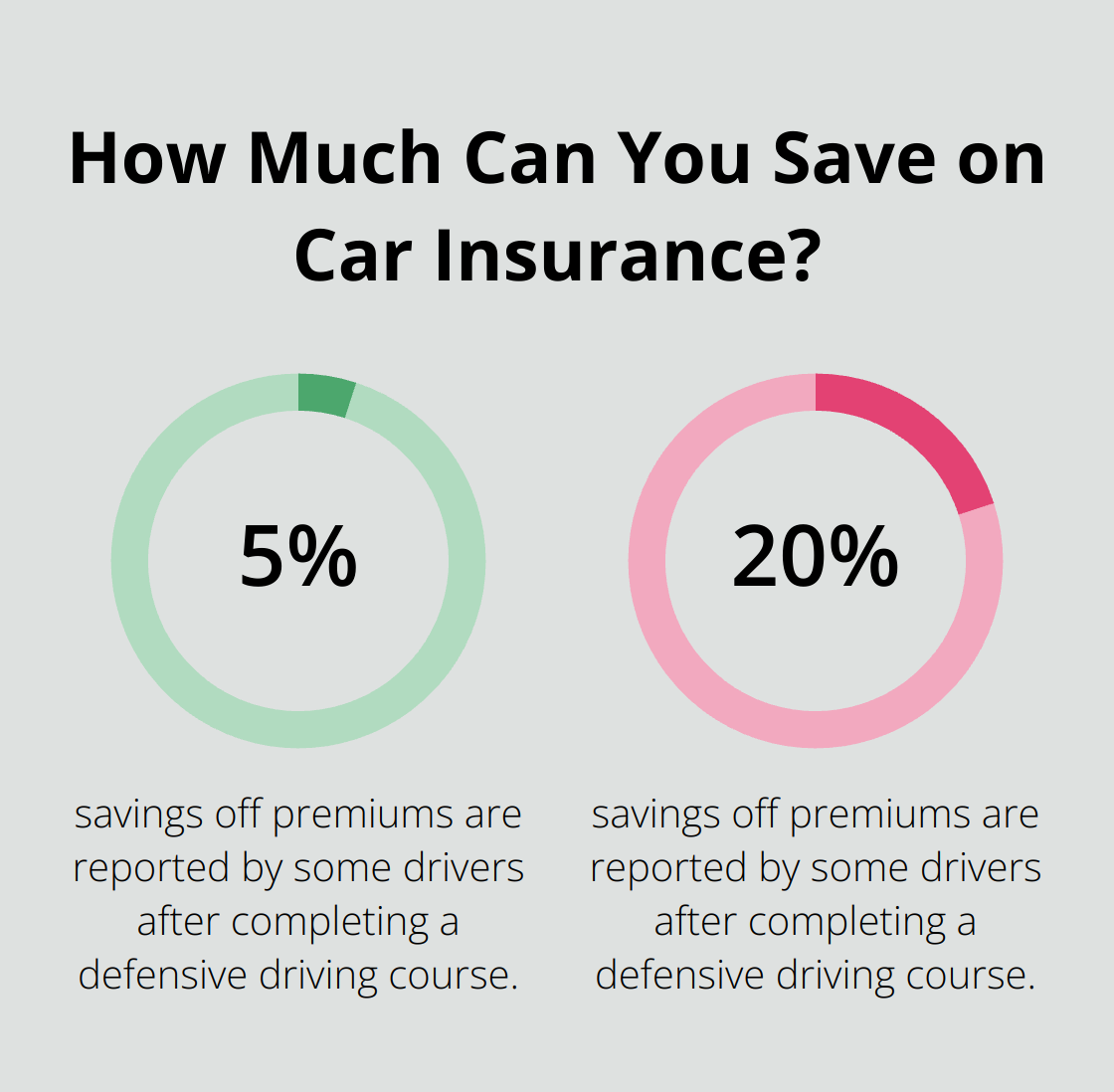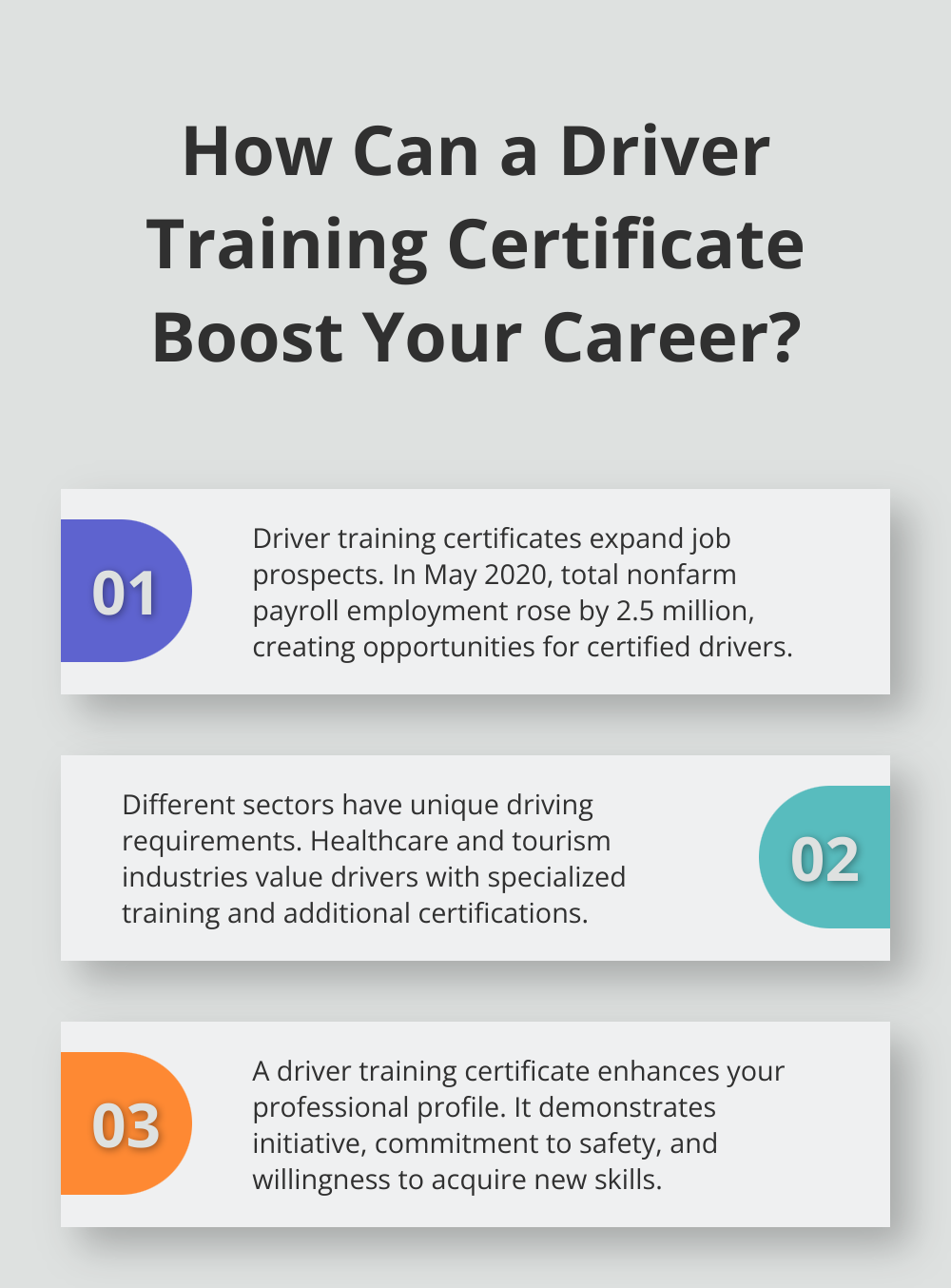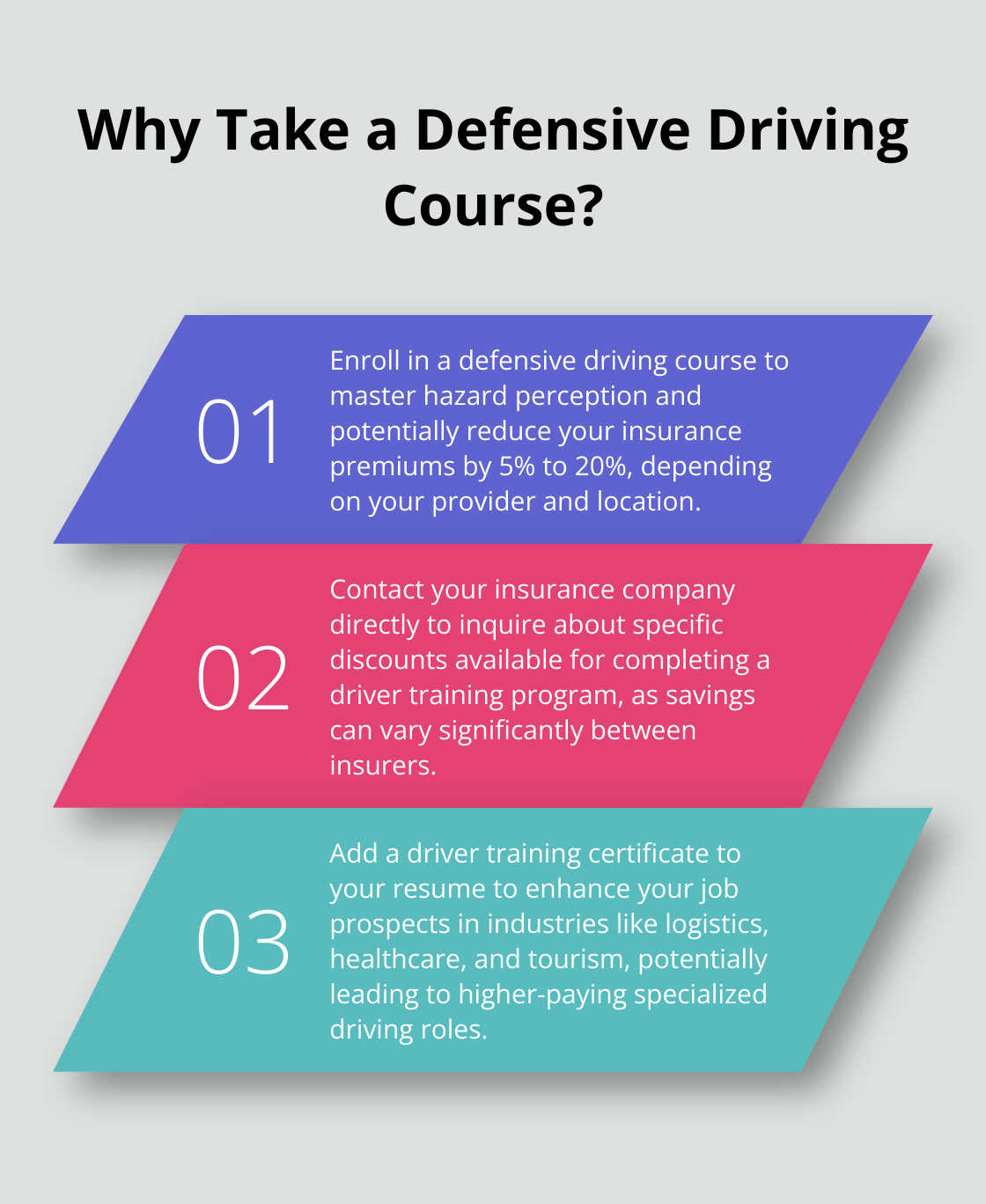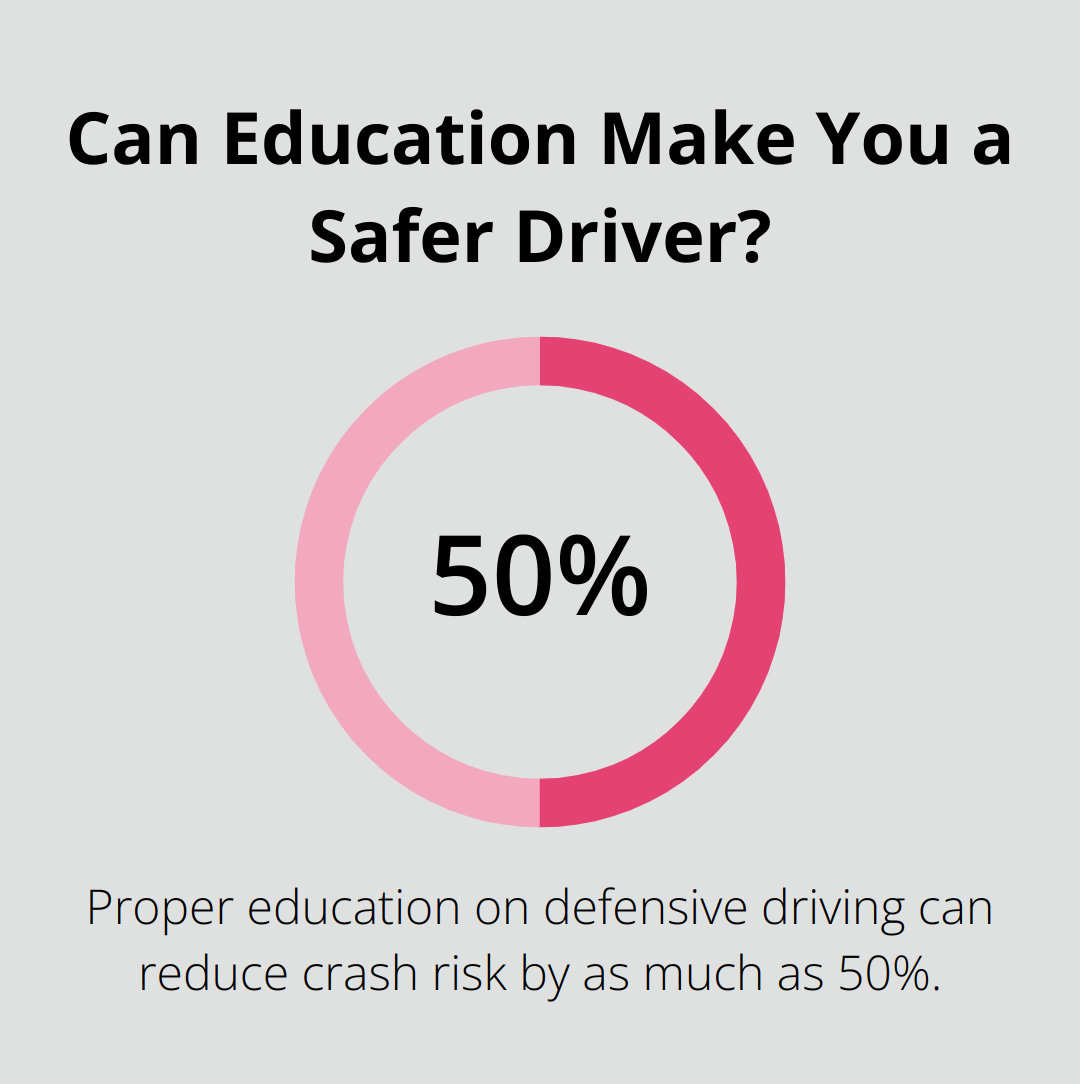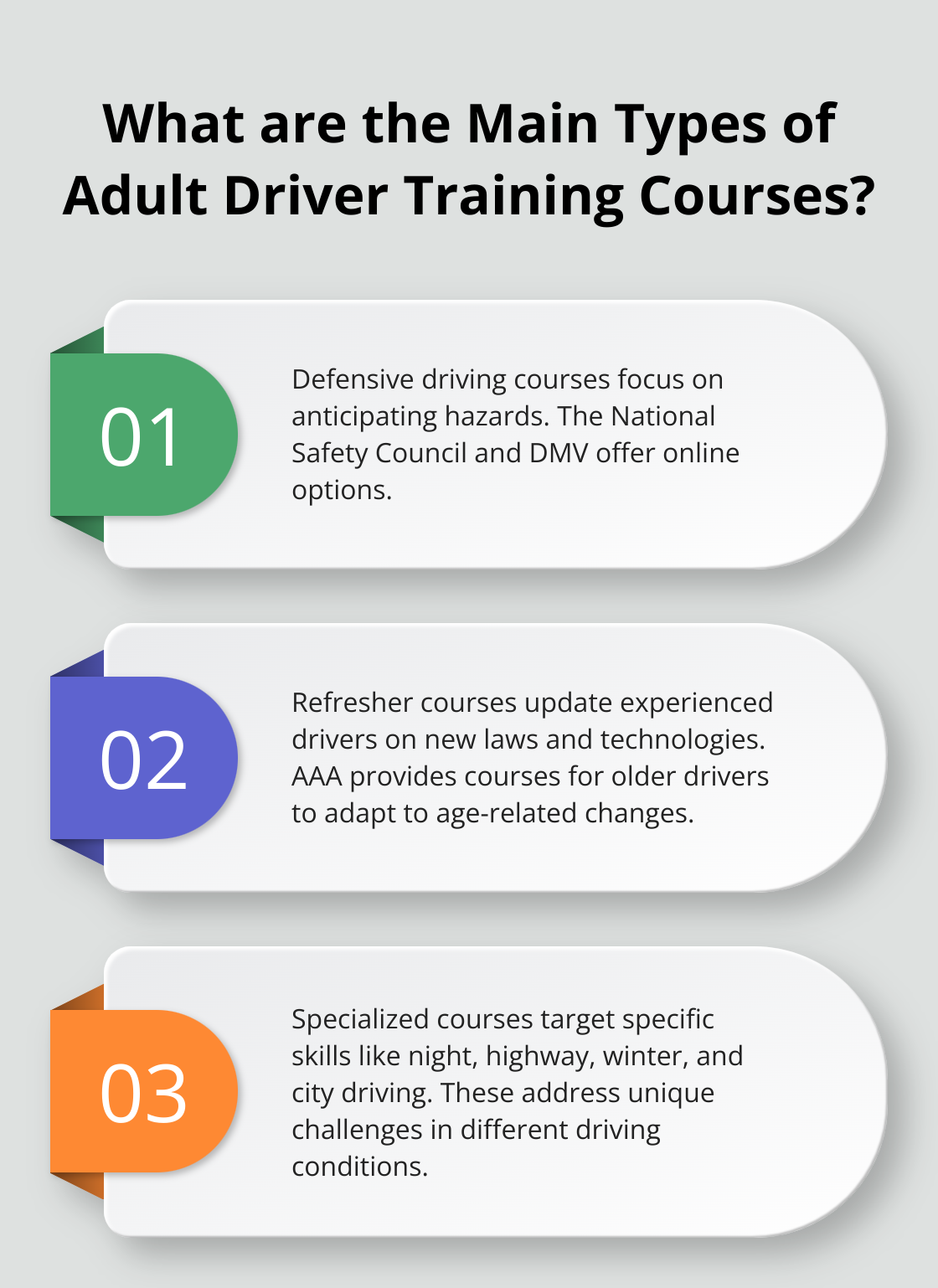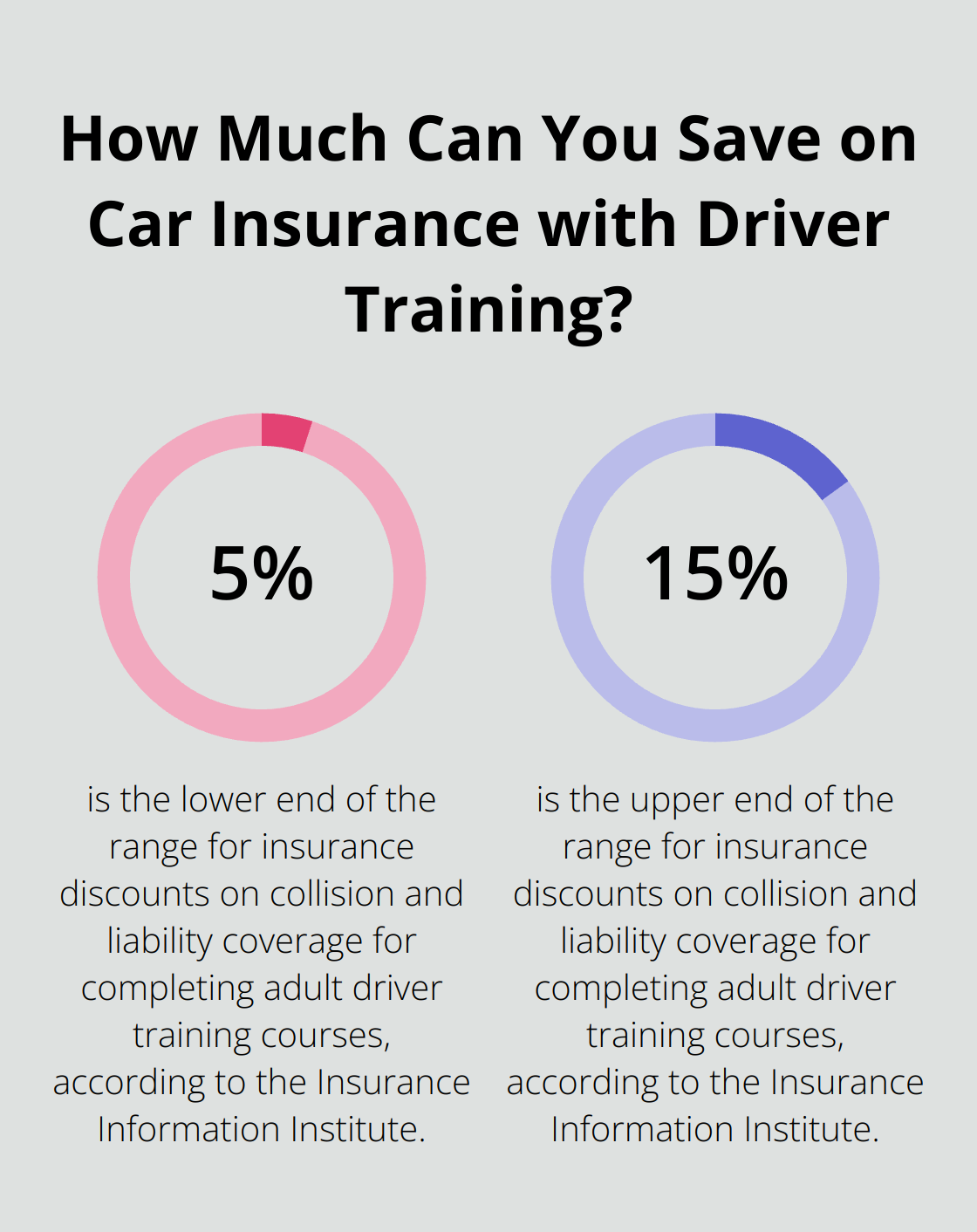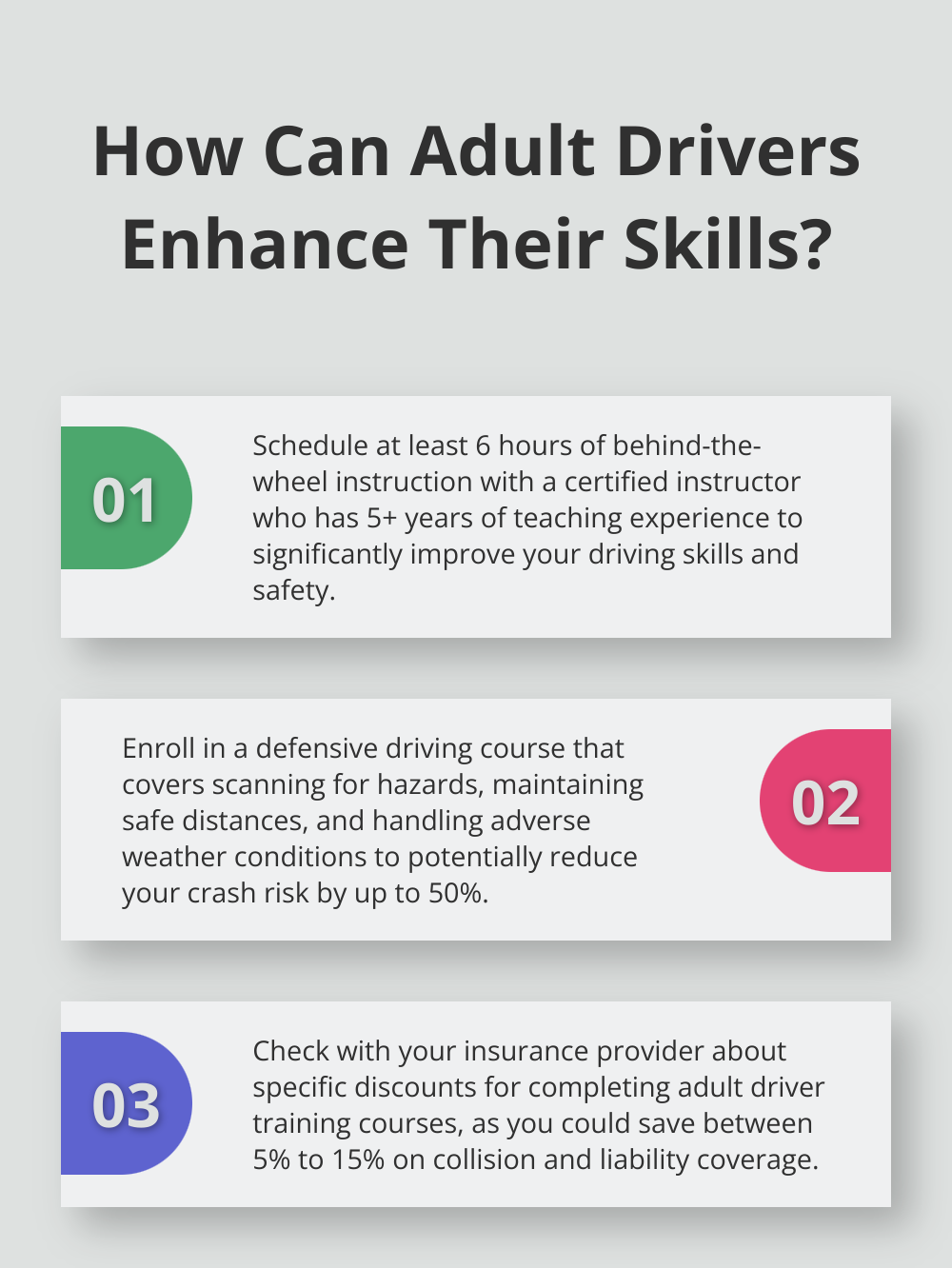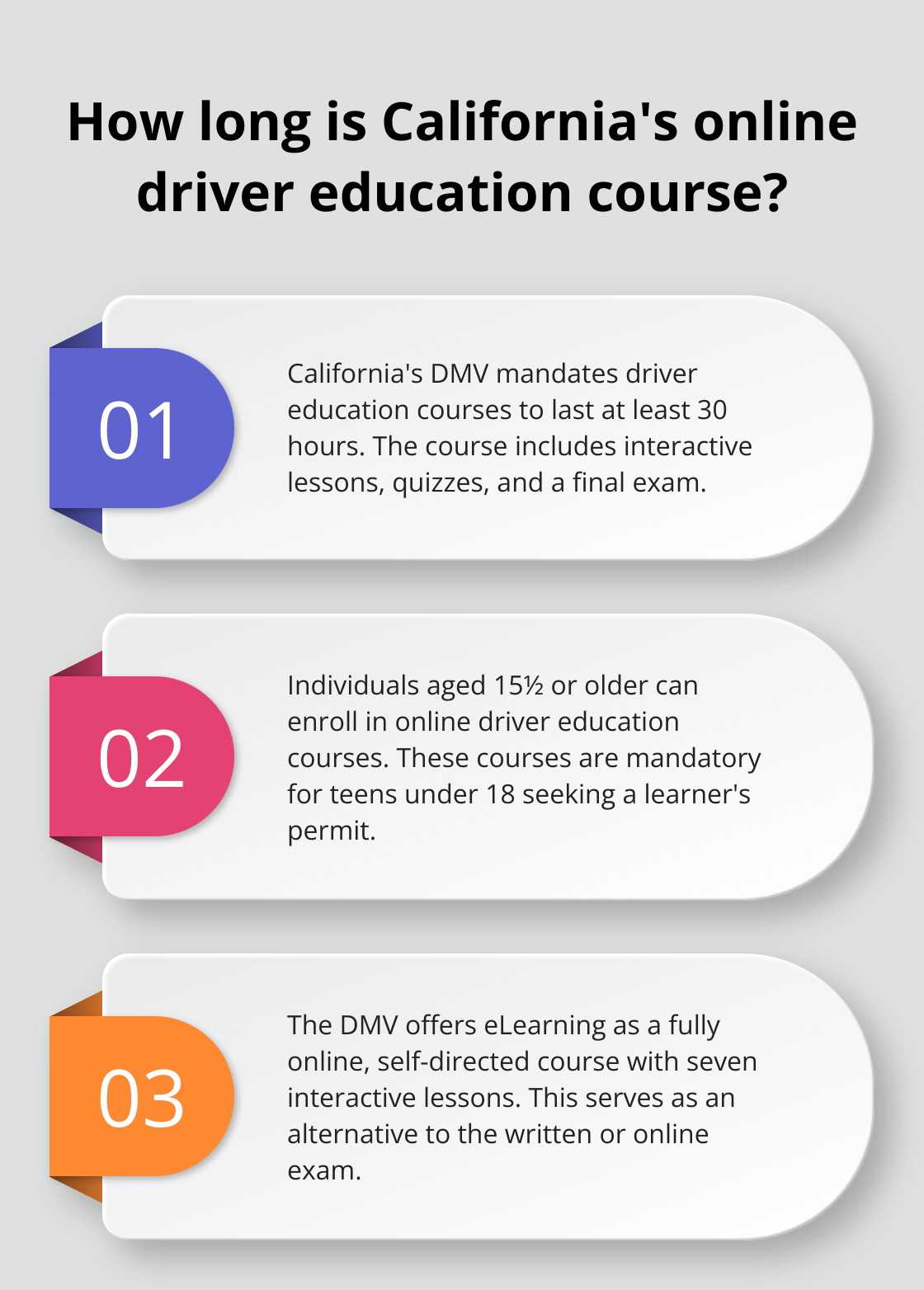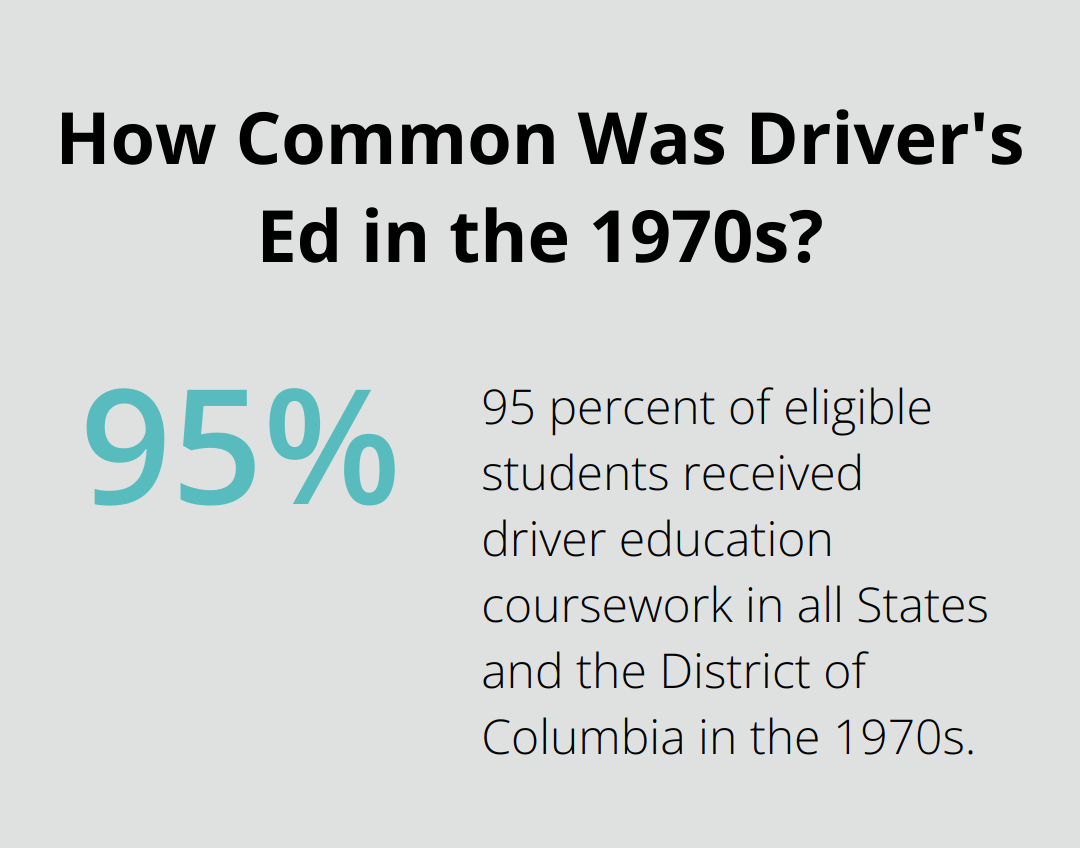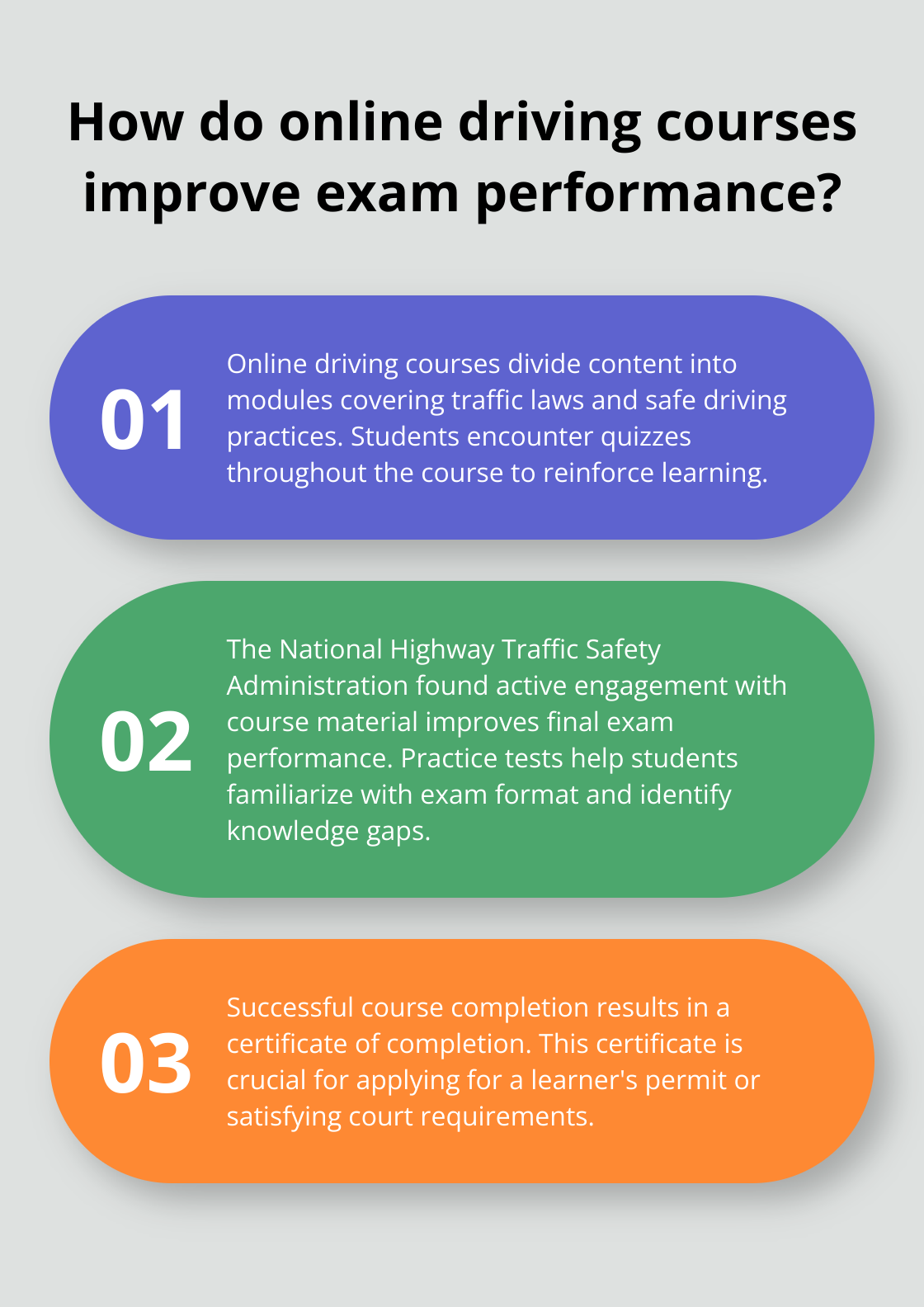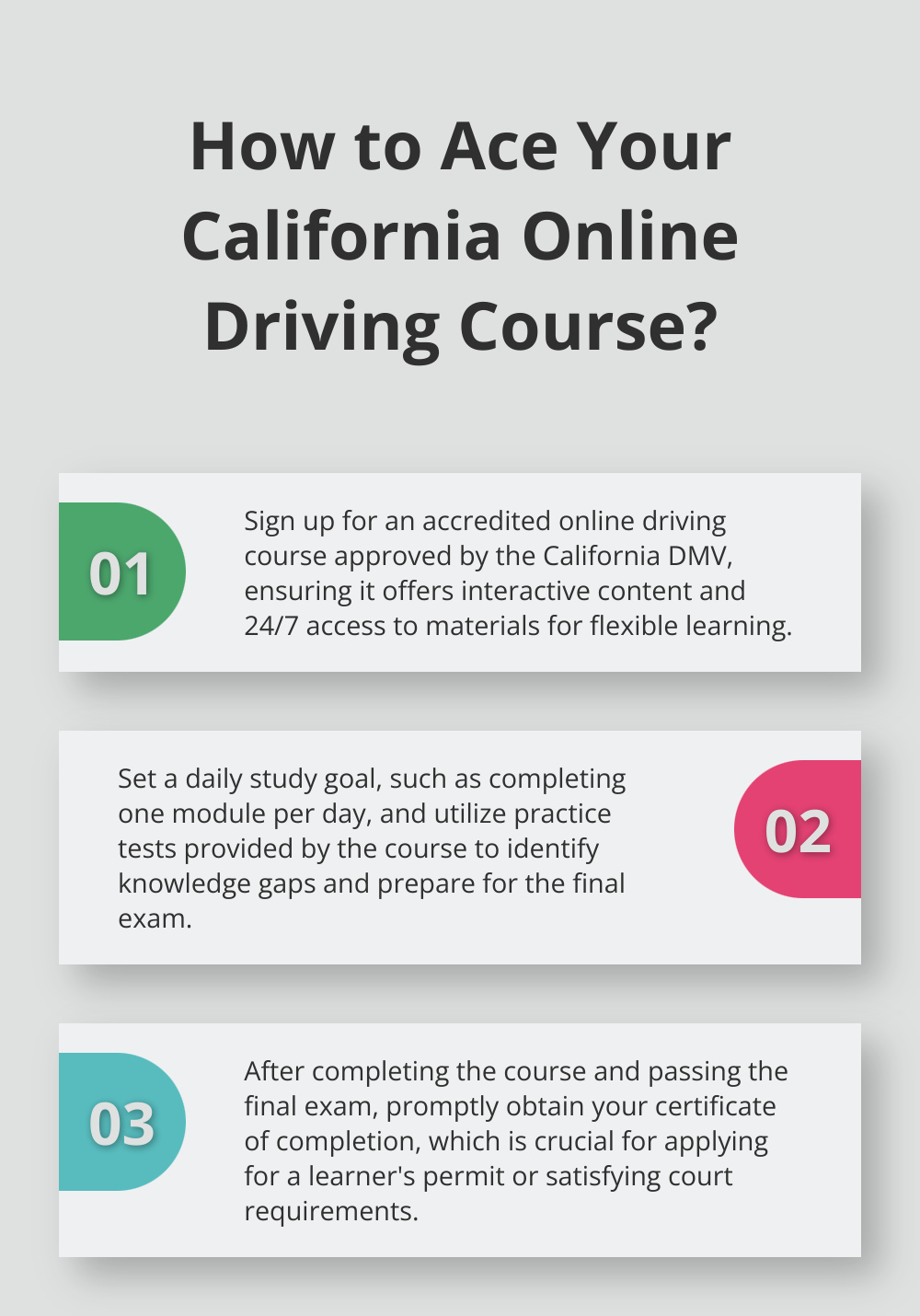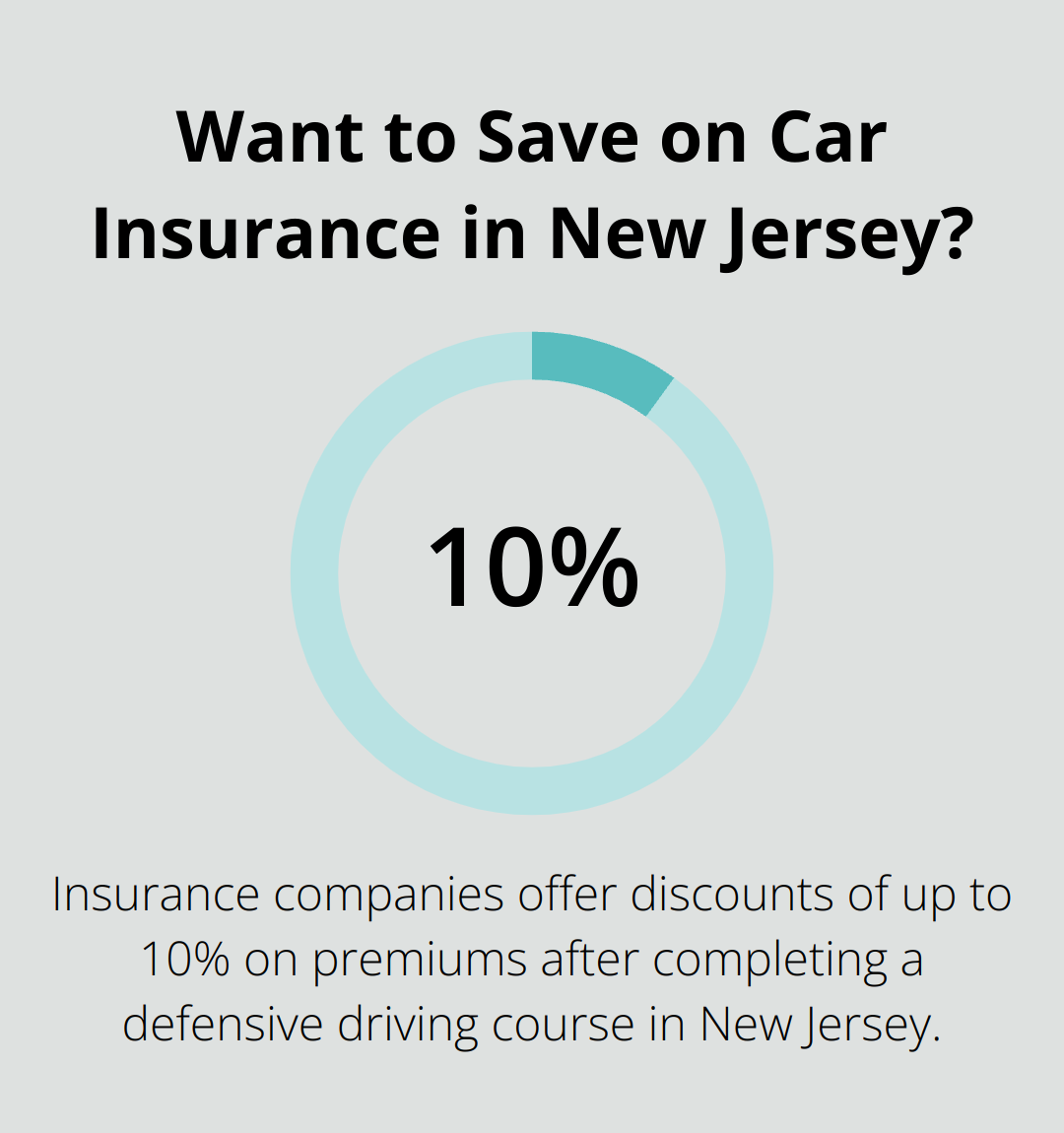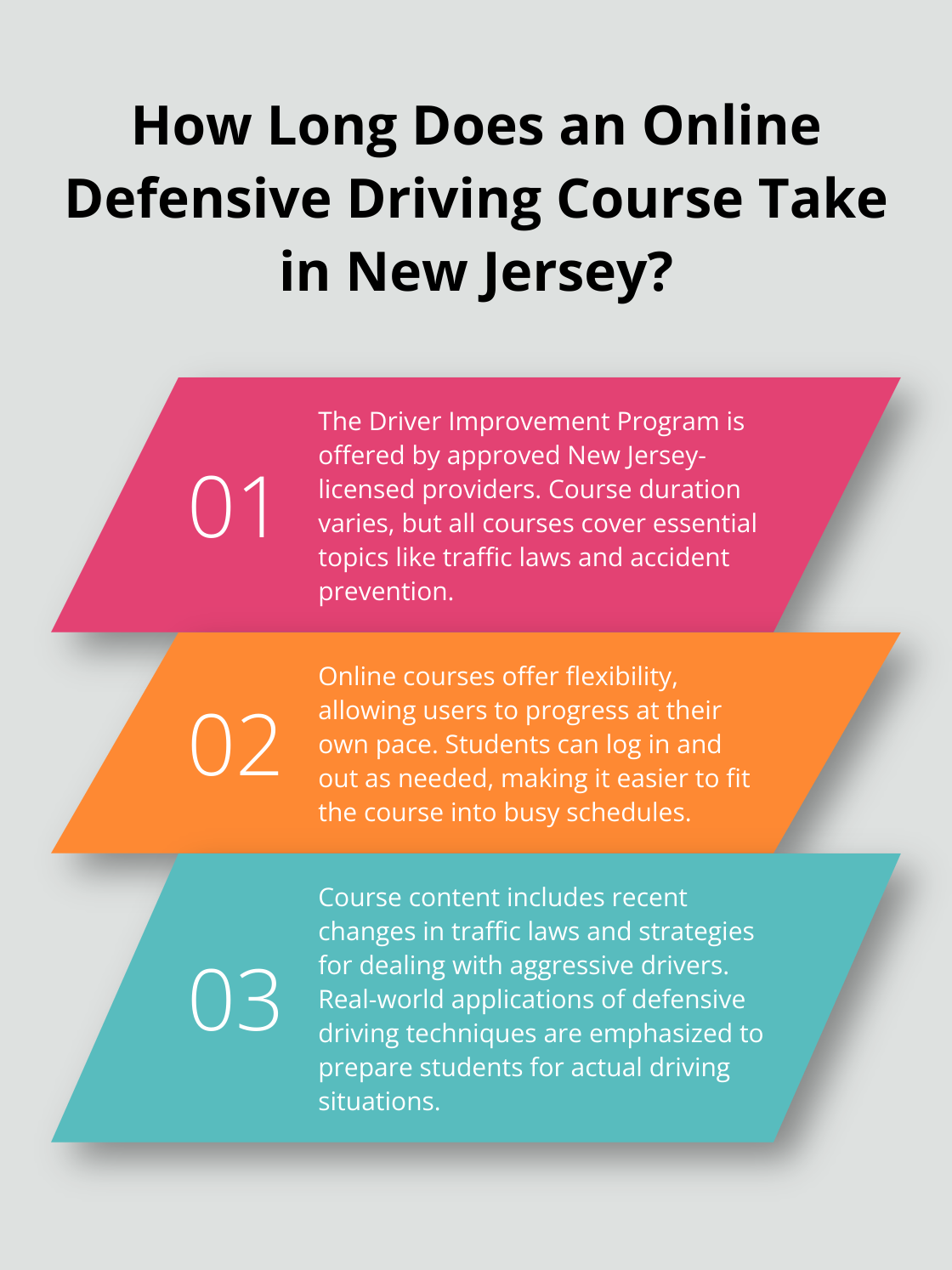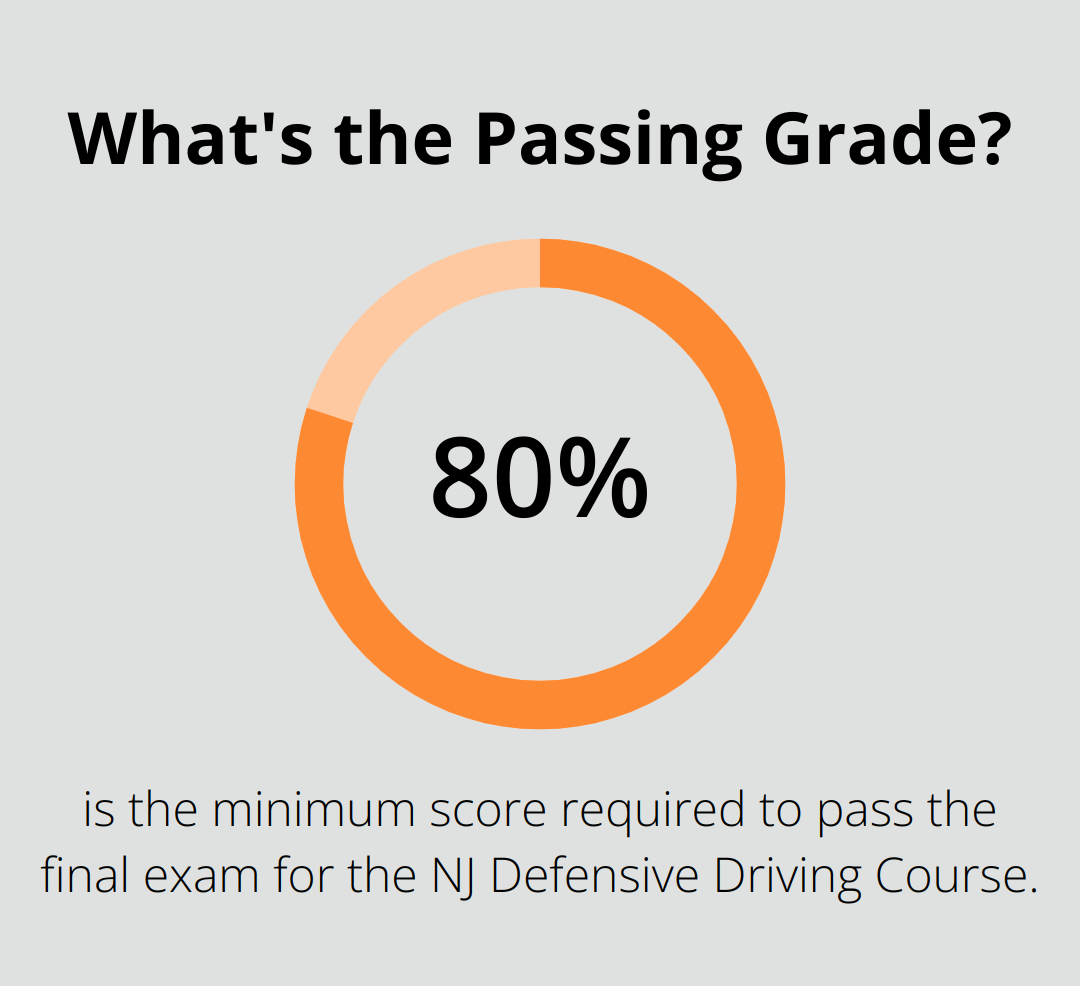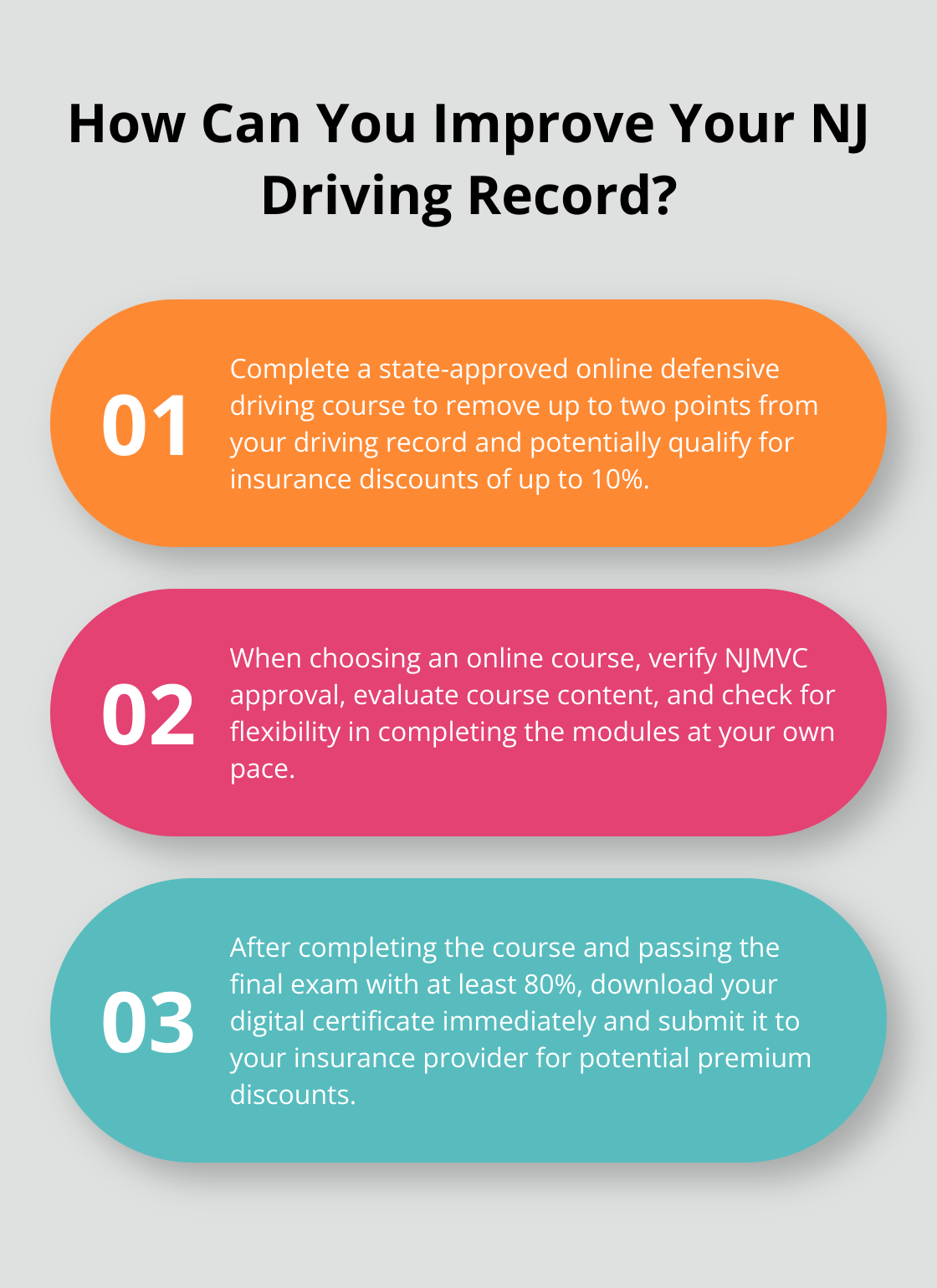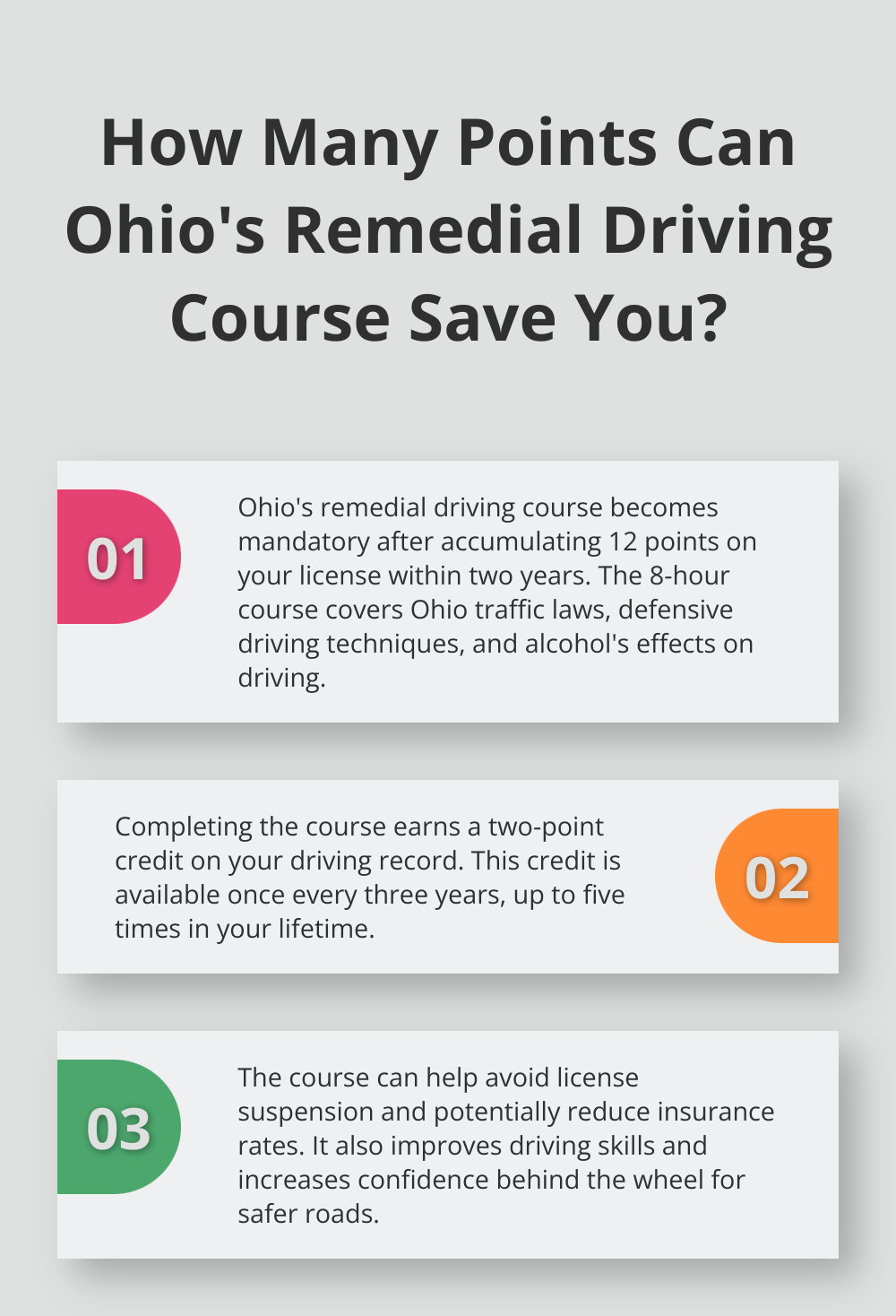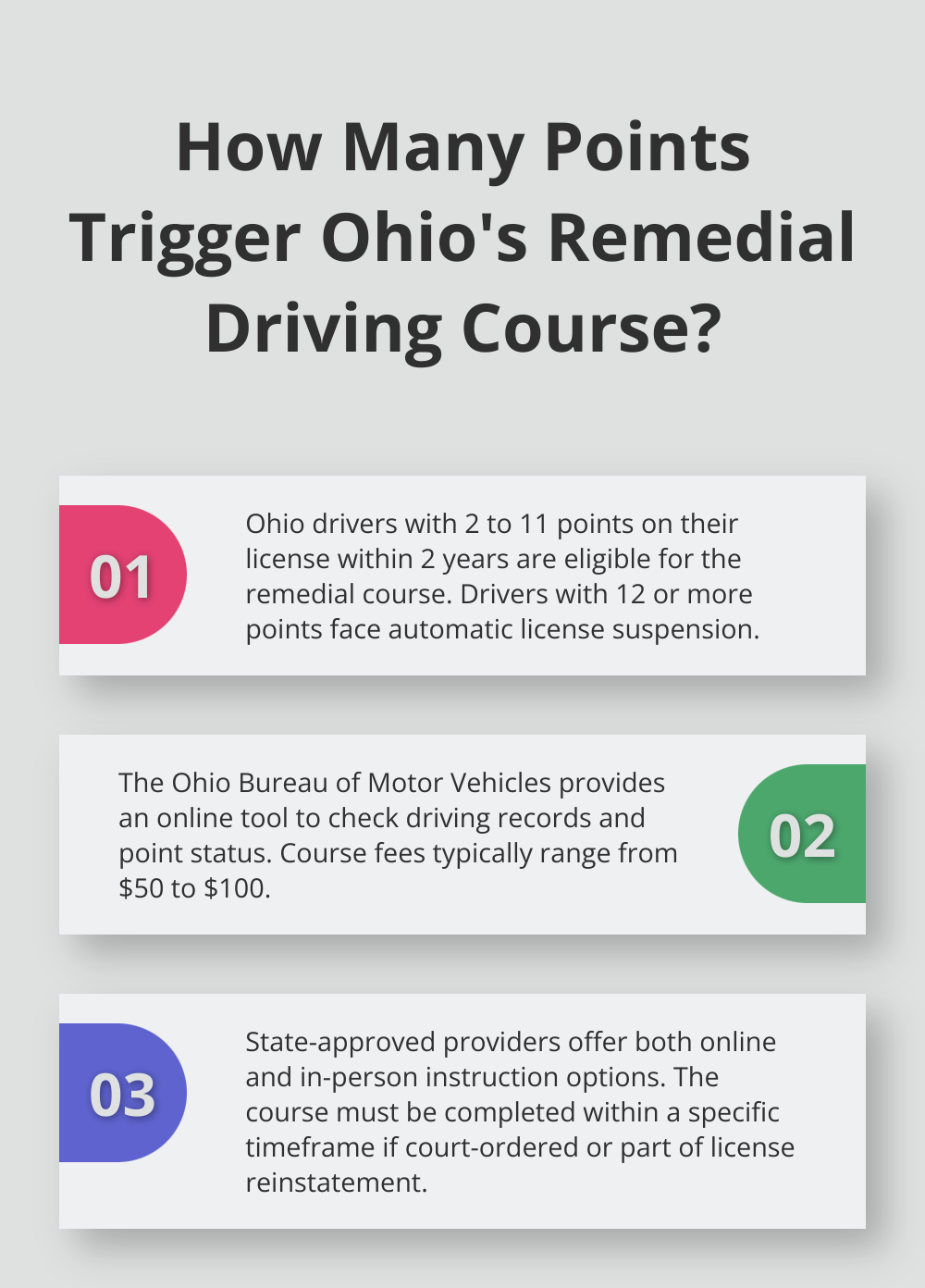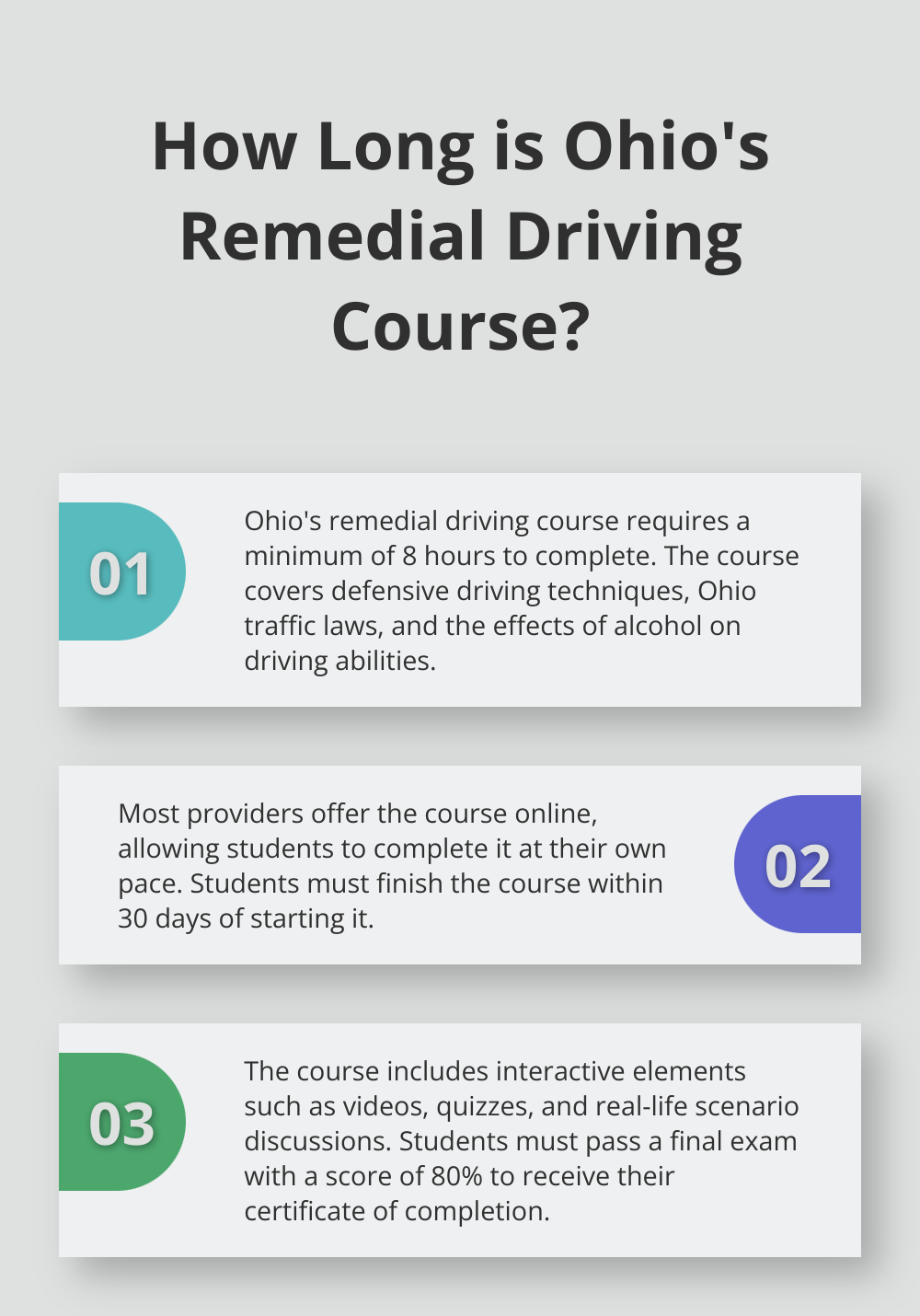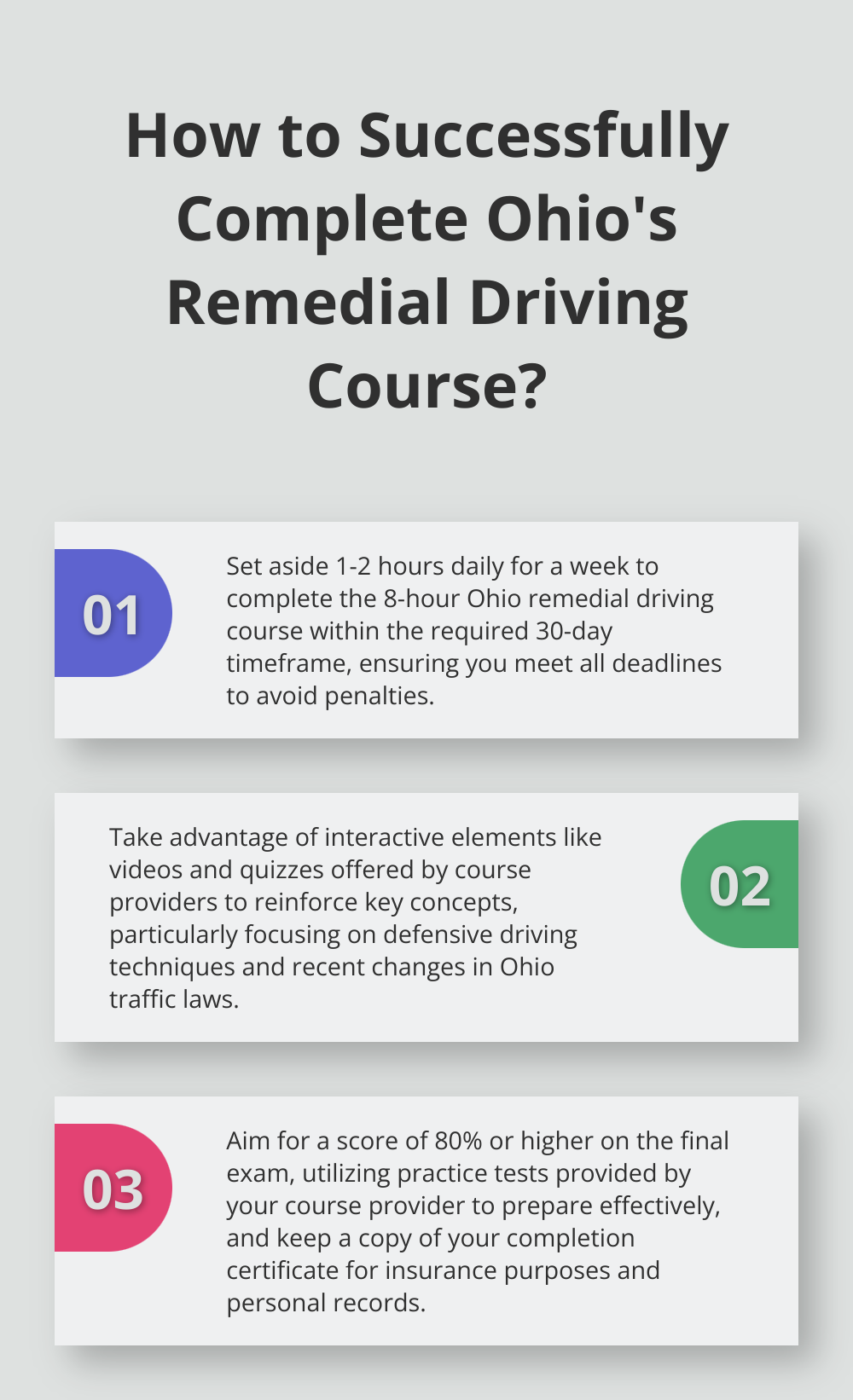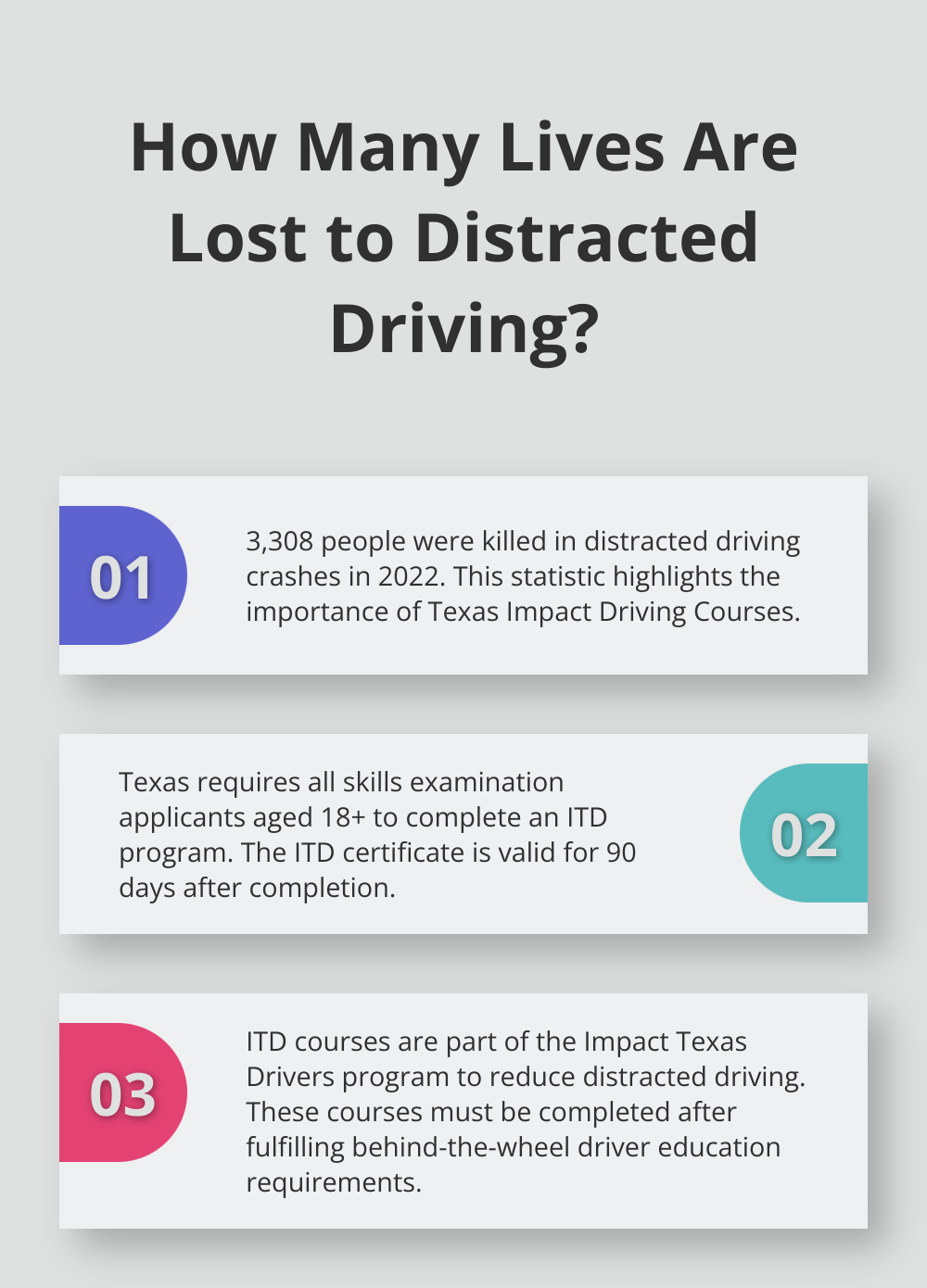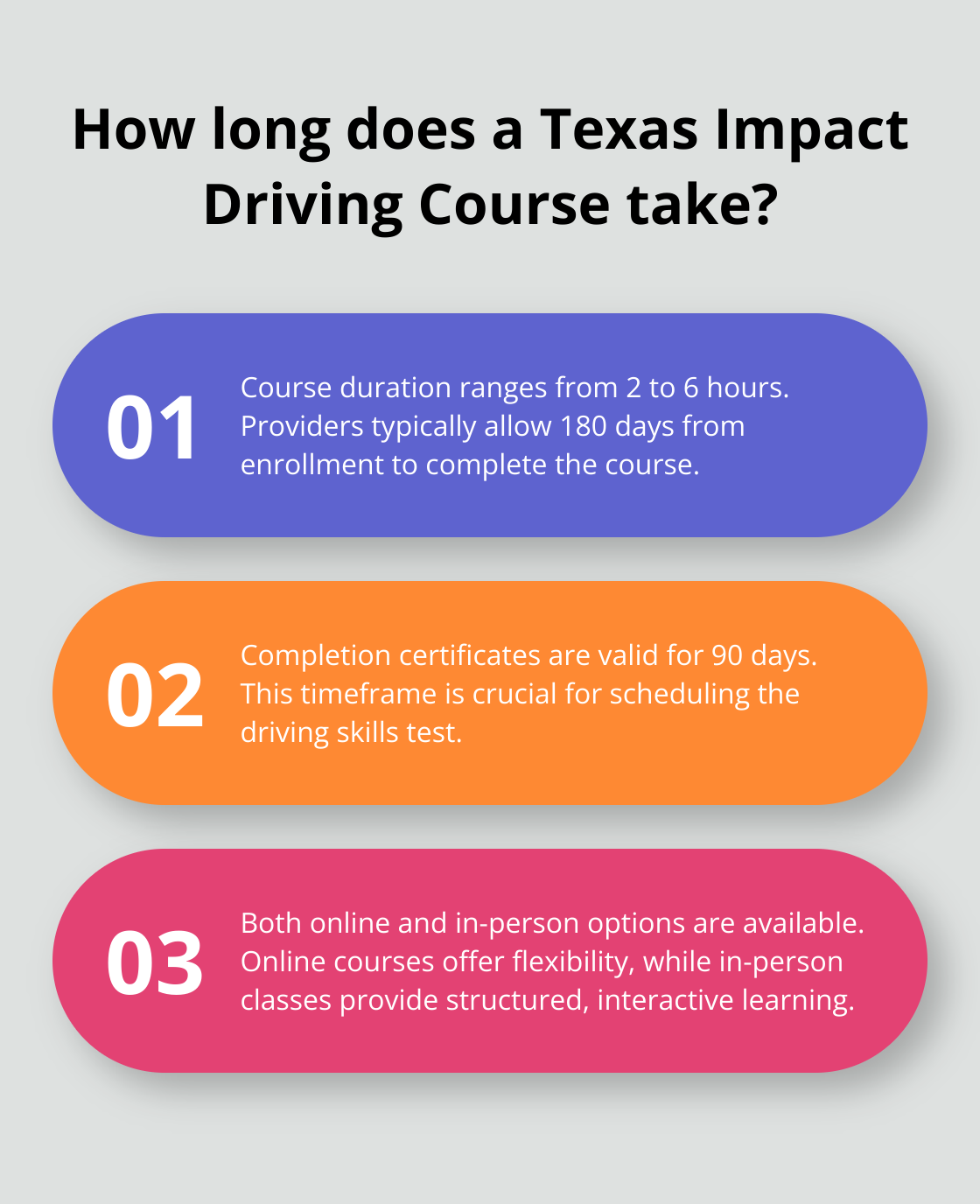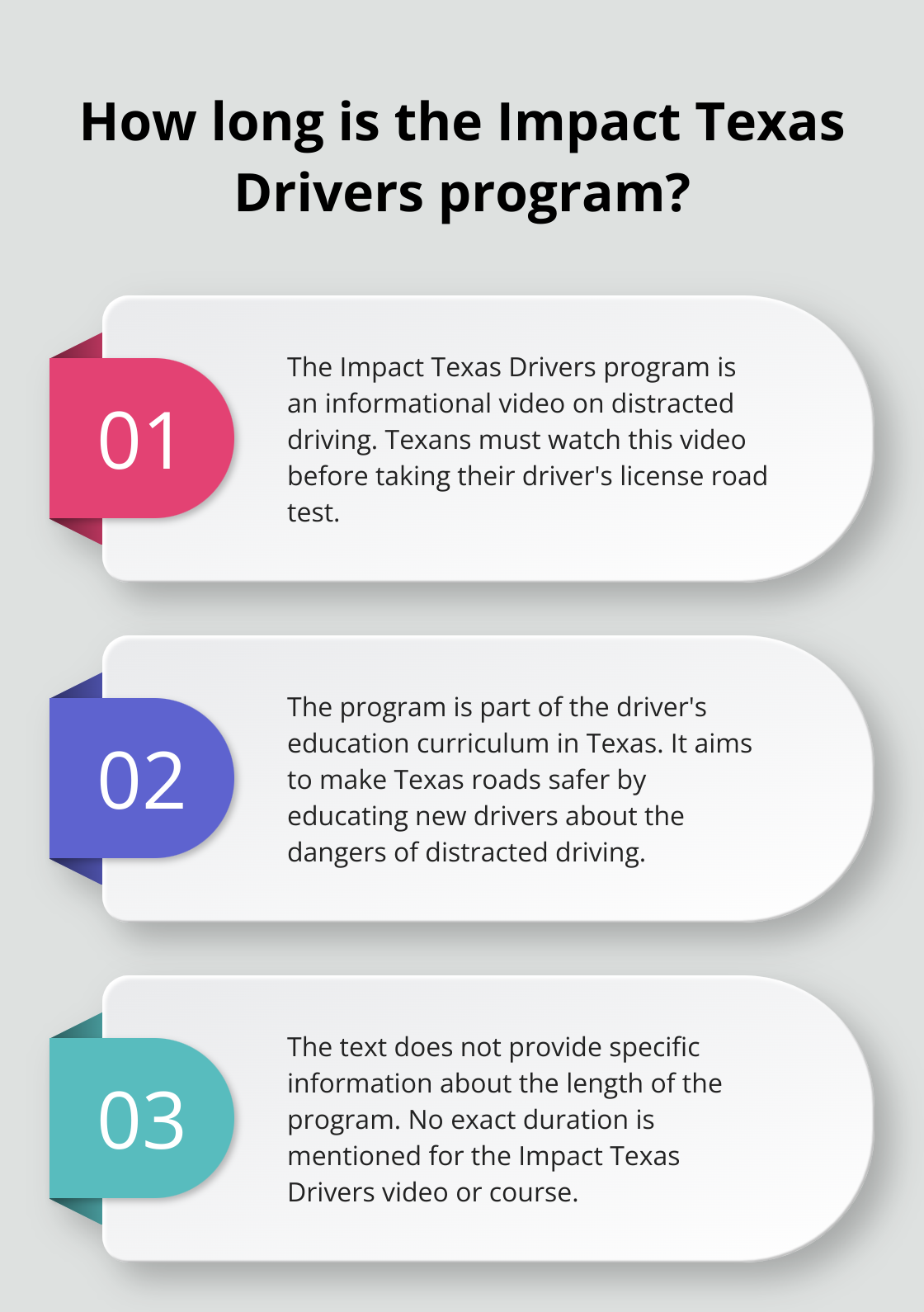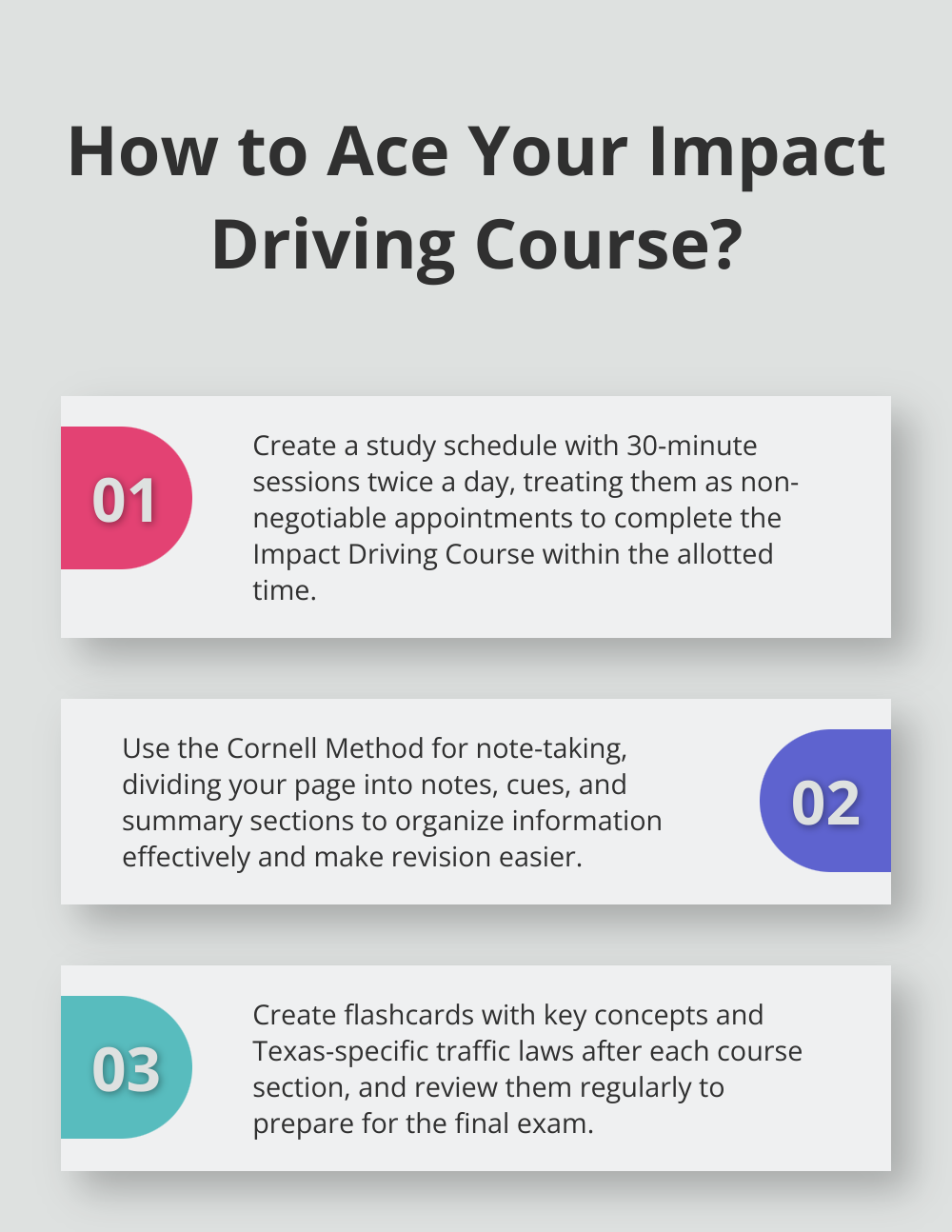How to Improve Driver Safety for Seniors
At The Wiser Driver Driving School, we understand the unique challenges senior drivers face on the road. As we age, our physical and cognitive abilities change, impacting our driving skills and safety.
This blog post explores practical strategies to enhance driver safety for seniors, including the benefits of specialized driver training for seniors. We’ll cover age-related changes, essential tips, and the importance of continued education to help older adults maintain their independence through safe driving practices.
How Age-Related Changes Affect Driving
Age brings about various changes that impact driving abilities. At The Wiser Driver Driving School, we recognize these changes and their implications for senior drivers.
Vision Changes and Their Impact
Vision deterioration significantly affects driving as we age. The American Optometric Association reports that some people over 60 lose sight beyond the normal, age-related vision changes. Conditions such as macular degeneration, glaucoma, and diabetic retinopathy can affect vision in older adults. This reduction makes it difficult to read road signs, judge distances, or spot potential hazards. Night driving becomes particularly challenging due to increased sensitivity to glare from oncoming headlights.
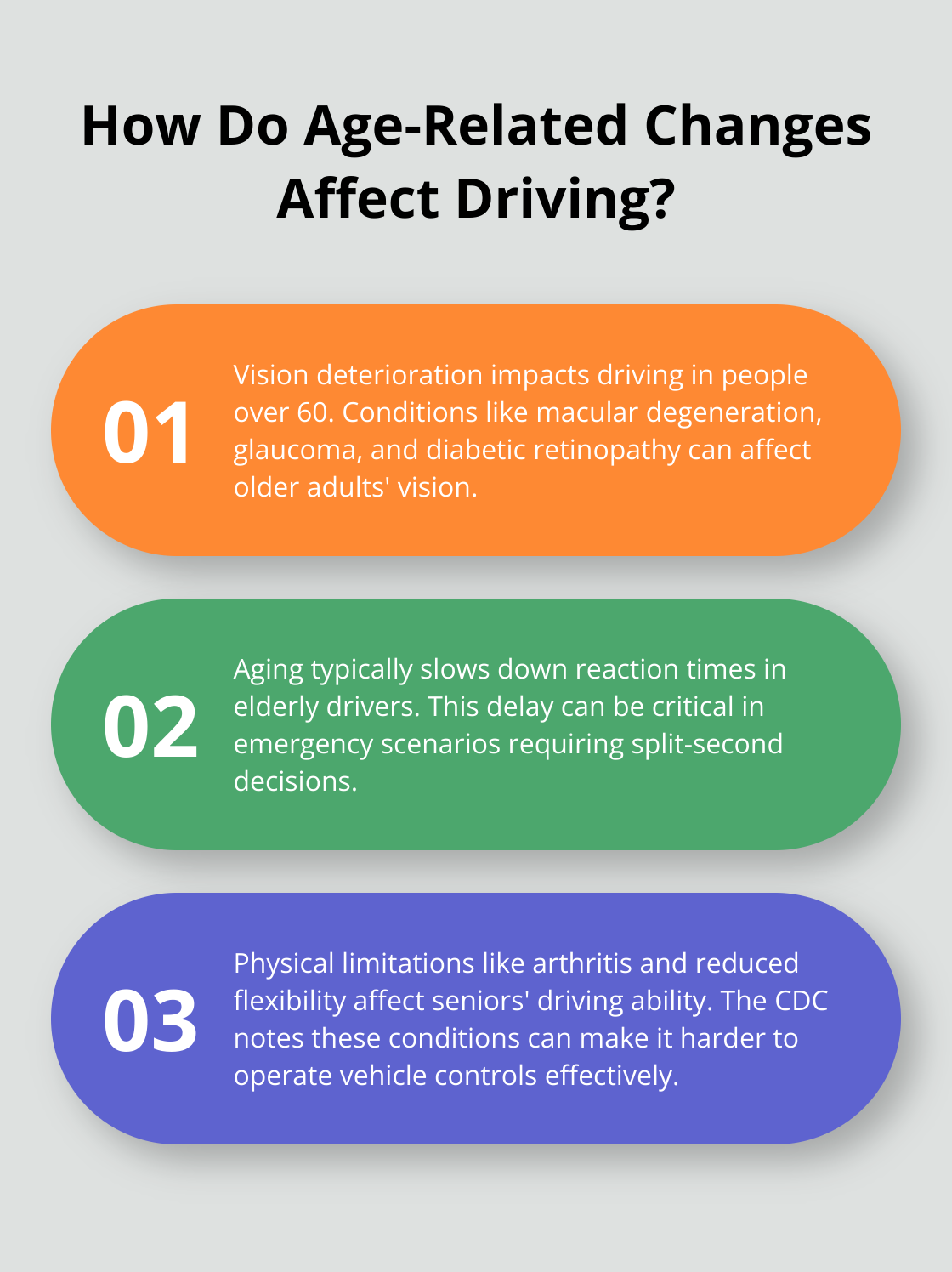
To address these vision-related challenges, seniors should schedule annual eye exams and update prescriptions as needed. They should also consider limiting their driving to daylight hours and keep their windshield clean to reduce glare.
Slower Reaction Times
Aging typically slows down reaction times. Research indicates that elderly drivers are sensitive to various task loads, which affects their reaction time while driving. This delay can prove critical in emergency scenarios where split-second decisions are necessary.
To compensate for slower reaction times, senior drivers should increase their following distance. This increase gives them more time to react to sudden changes in traffic. It’s also wise to avoid high-stress driving situations (like rush hour traffic or complex intersections) when possible.
Physical Limitations and Mobility Issues
Arthritis, reduced flexibility, and decreased muscle strength commonly affect driving ability in seniors. The Centers for Disease Control and Prevention (CDC) notes that these conditions can make it harder to turn the steering wheel quickly, press the brake pedal firmly, or look over one’s shoulder to check blind spots.
To address these physical challenges, seniors should engage in regular exercise to maintain strength and flexibility. Simple adjustments like using a steering wheel cover for a better grip or adding a swivel seat cushion can also make driving more comfortable and safer.
Cognitive Processing Changes
Cognitive changes can affect a senior’s ability to multitask while driving. The ability to process multiple pieces of information simultaneously (such as reading road signs while monitoring traffic) may decline with age. This decline can lead to increased stress and fatigue during driving.
To mitigate these effects, seniors should plan their routes in advance and avoid distractions while driving. Using GPS navigation systems can also help reduce the cognitive load of remembering directions.
Medication Effects on Driving
Many seniors take multiple medications, which can impact driving ability. Some medications cause drowsiness, blurred vision, or slower reflexes. It’s essential for senior drivers to understand how their medications might affect their driving capabilities.
Seniors should consult with their healthcare providers about the potential side effects of their medications on driving. They may need to adjust their medication schedule or find alternatives that don’t impair driving ability.
These age-related changes underscore the importance of specialized driver training for seniors. Programs tailored to address these specific challenges can help older adults maintain their independence on the road while prioritizing safety. The next section will explore practical tips that senior drivers can implement to enhance their safety behind the wheel.
Practical Safety Measures for Senior Drivers
Regular Health Check-ups
Senior drivers must prioritize self-reported driving abilities and use of visual and hearing aids for driving. These check-ups can help detect any changes in vision or hearing that may affect driving ability. Regular assessments of one’s driving capabilities are crucial for maintaining safety on the road.
Adapting Driving Habits
Seniors should adjust their driving habits to accommodate age-related changes. This includes:
- Avoiding night driving (the National Safety Council reports that traffic death rates triple at night)
- Planning routes in advance
- Sticking to familiar roads
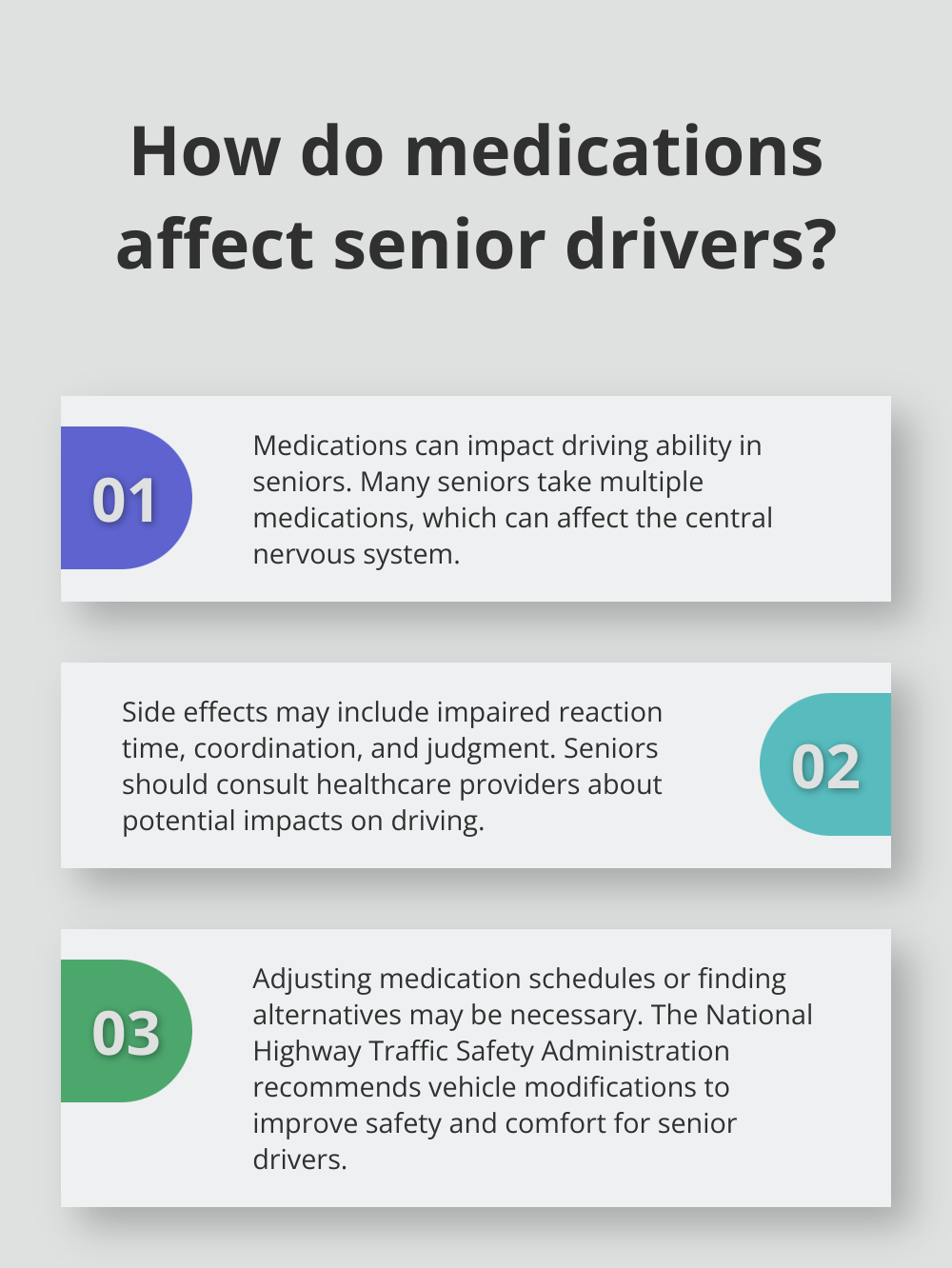
These strategies reduce stress and cognitive load. The AAA Foundation for Traffic Safety advises seniors to avoid rush hour traffic and bad weather conditions. Taking frequent breaks during long drives helps combat fatigue, which affects older drivers more severely.
Vehicle Modifications
Simple vehicle modifications can dramatically improve comfort and safety for senior drivers. The National Highway Traffic Safety Administration recommends:
- Adjusting the steering wheel and seat for optimal visibility and control
- Adding a steering wheel cover to improve grip (especially beneficial for those with arthritis)
- Installing larger mirrors and backup cameras to compensate for reduced neck mobility
- Using pedal extenders for those with limited leg strength
These modifications ensure that senior drivers feel confident and secure behind the wheel.
Defensive Driving Techniques
Senior drivers benefit from refreshing their knowledge of defensive driving techniques. This includes:
- Maintaining a safe following distance
- Scanning the road ahead for potential hazards
- Anticipating other drivers’ actions
Defensive driving courses provide valuable updates on traffic laws and safe driving practices tailored to seniors’ needs.
Medication Awareness
Many seniors take multiple medications, which can impact driving ability. Seniors must:
- Consult with healthcare providers about potential side effects of medications on driving
- Adjust medication schedules if necessary
- Find alternatives that don’t impair driving ability
Medications can influence the central nervous system, affecting reaction time, coordination, and judgment. This awareness helps seniors make informed decisions about when and how to drive safely.
These practical safety measures form the foundation for safe senior driving. The next chapter will explore the role of continued education and training in further enhancing senior driver safety.
How Can Seniors Stay Sharp Behind the Wheel?
The Value of Refresher Courses
Refresher driving courses provide significant benefits for senior drivers. These programs update knowledge of traffic laws and safe driving practices. A systematic review of current literature suggests that interventions tailored to improve driving in older healthy individuals can be effective.
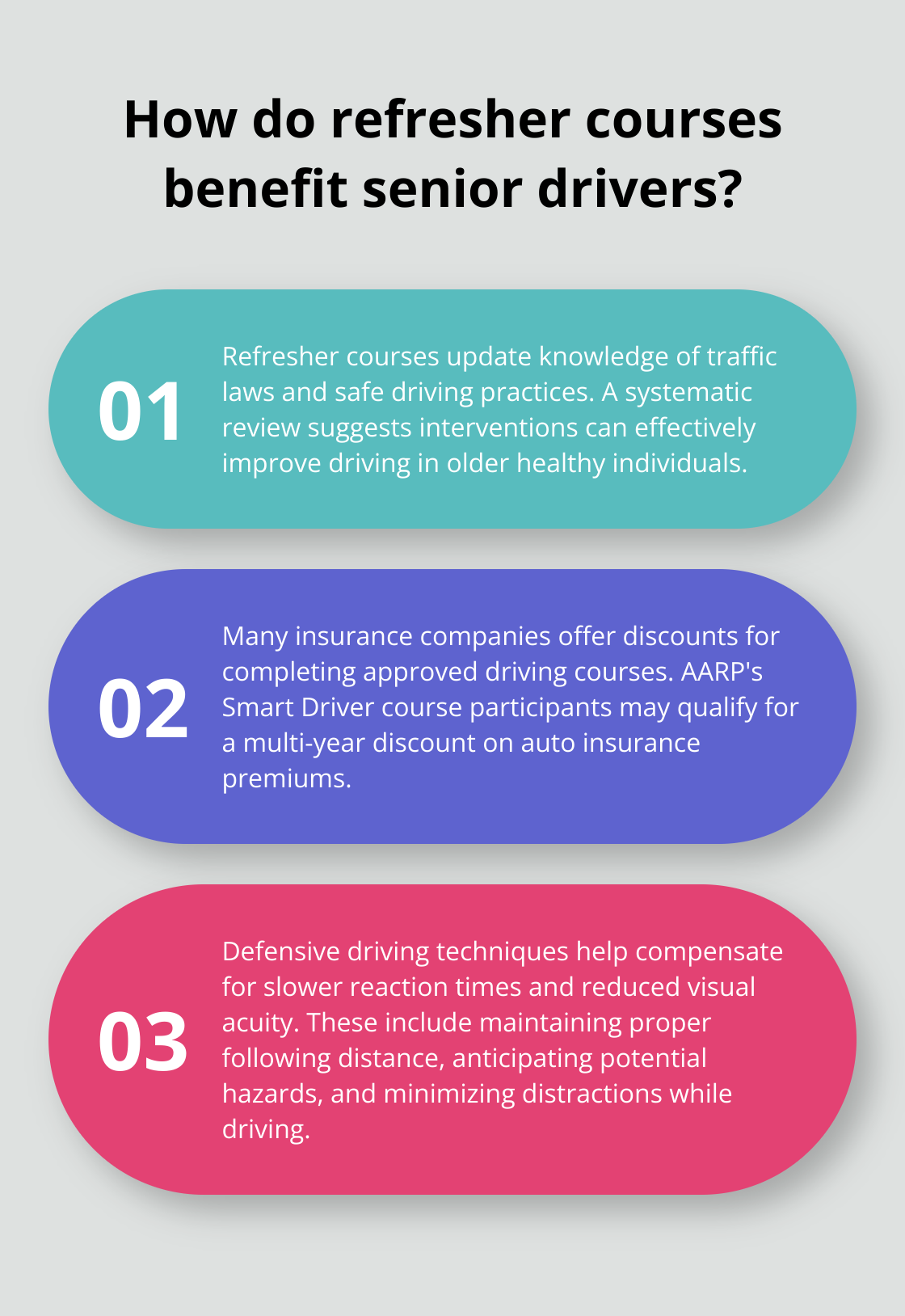
Many insurance companies offer discounts to seniors who complete approved driving courses. AARP’s Smart Driver course participants may qualify for a multi-year discount on their auto insurance premiums. This financial incentive, combined with improved driving skills, makes refresher courses a smart choice for senior drivers.
Mastering Defensive Driving Techniques
Defensive driving techniques prove particularly valuable for older adults facing age-related changes. These skills help compensate for slower reaction times and reduced visual acuity. Key techniques include:
- Proper following distance maintenance
- Potential hazard anticipation
- Distraction minimization while driving
The National Institute on Aging recommends planning your timing to avoid heavy traffic areas or rush-hour driving when possible, and planning your route using familiar streets. Practicing defensive driving can significantly reduce accident risk and help older adults maintain their independence on the road.
Staying Current with Traffic Laws and Technology
Road rules and vehicle technology change rapidly. Seniors must stay informed about these changes to drive safely. For instance, many states have updated laws regarding cell phone use while driving. Understanding and complying with these regulations is essential for all drivers, including seniors.
Modern vehicles come equipped with advanced safety features that can greatly benefit older drivers. Features like blind-spot monitoring and lane departure warnings can compensate for some age-related challenges. However, these technologies only prove effective if drivers understand how to use them properly.
Continuous Learning Opportunities
Specialized courses covering updated traffic laws and new vehicle technologies ensure that senior drivers can confidently navigate today’s roads while taking full advantage of safety innovations. These programs often include:
- Classroom instruction (to review rules and regulations)
- Simulator training (to practice new skills in a safe environment)
- On-road assessments (to identify areas for improvement)
The Wiser Driver Driving School offers such specialized courses, tailored to the unique needs of senior drivers. Our programs focus on practical skills and real-world scenarios, helping older adults maintain their driving independence safely.
Adapting to Age-Related Changes
As we age, our bodies and cognitive abilities change. Senior drivers should:
- Schedule regular vision and hearing check-ups
- Discuss medication side effects with their healthcare provider
- Exercise regularly to maintain physical strength and flexibility
These proactive steps (combined with ongoing education) can help seniors adapt their driving habits to age-related changes, ensuring they remain safe and confident on the road.
Final Thoughts
Safe driving for seniors requires ongoing attention and proactive measures. Self-awareness plays a vital role in recognizing age-related changes and their impact on driving abilities. Regular health check-ups, vehicle modifications, and continued education form the foundation for enhanced senior driver safety.
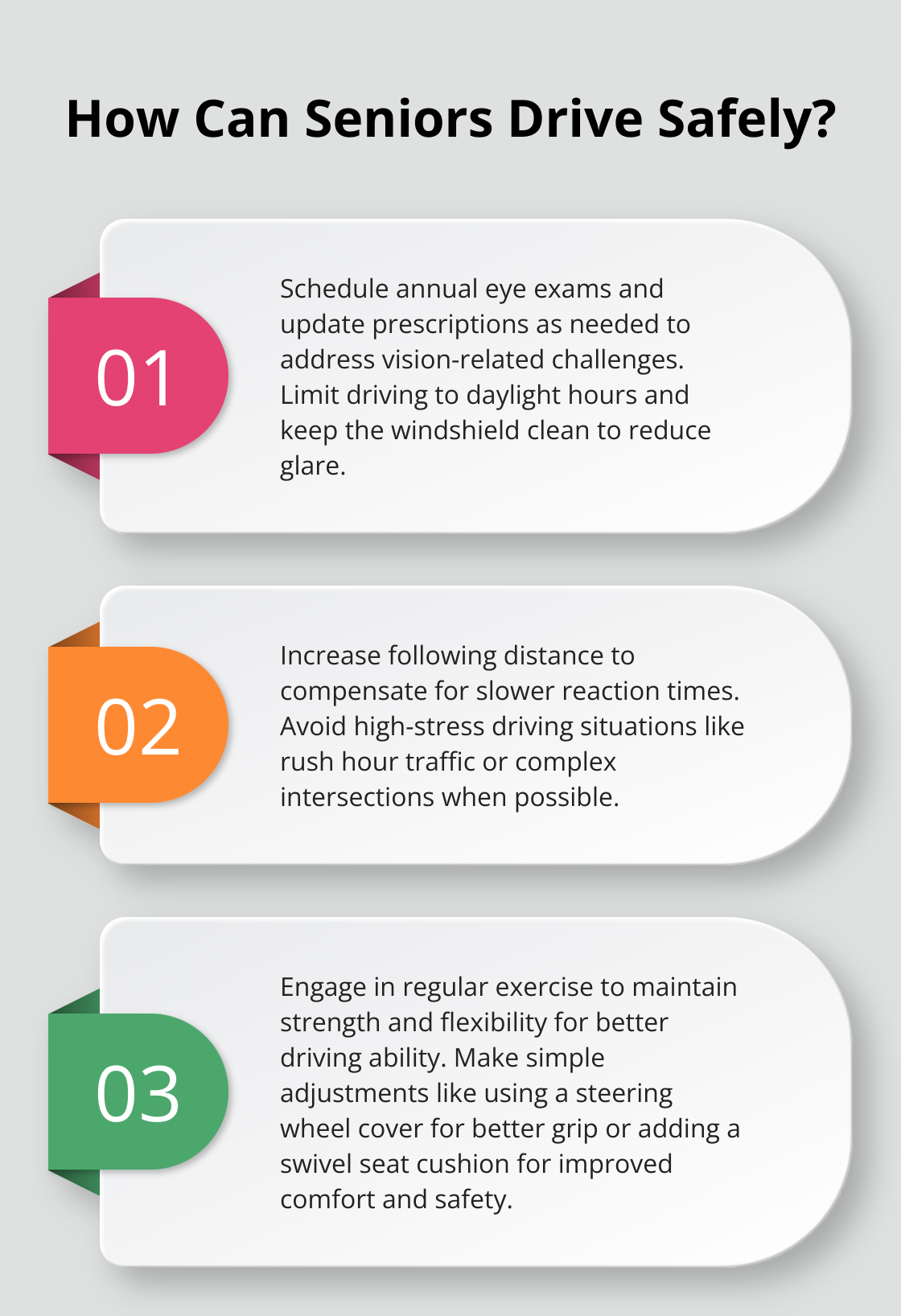
Proactive safety measures include scheduling vision and hearing tests, consulting healthcare providers about medication effects, and staying physically active. These steps (combined with defensive driving techniques and knowledge of current traffic laws) create a solid foundation for confident and secure driving. Seniors can maintain their independence through safe driving practices and continuous skill improvement.
We at The Wiser Driver Driving School encourage seniors to participate in our driver training for seniors programs. These courses address the unique challenges faced by older drivers and help them refresh their skills. Seniors who embrace opportunities for growth and learning will find that safe, independent driving remains within reach, regardless of age.


